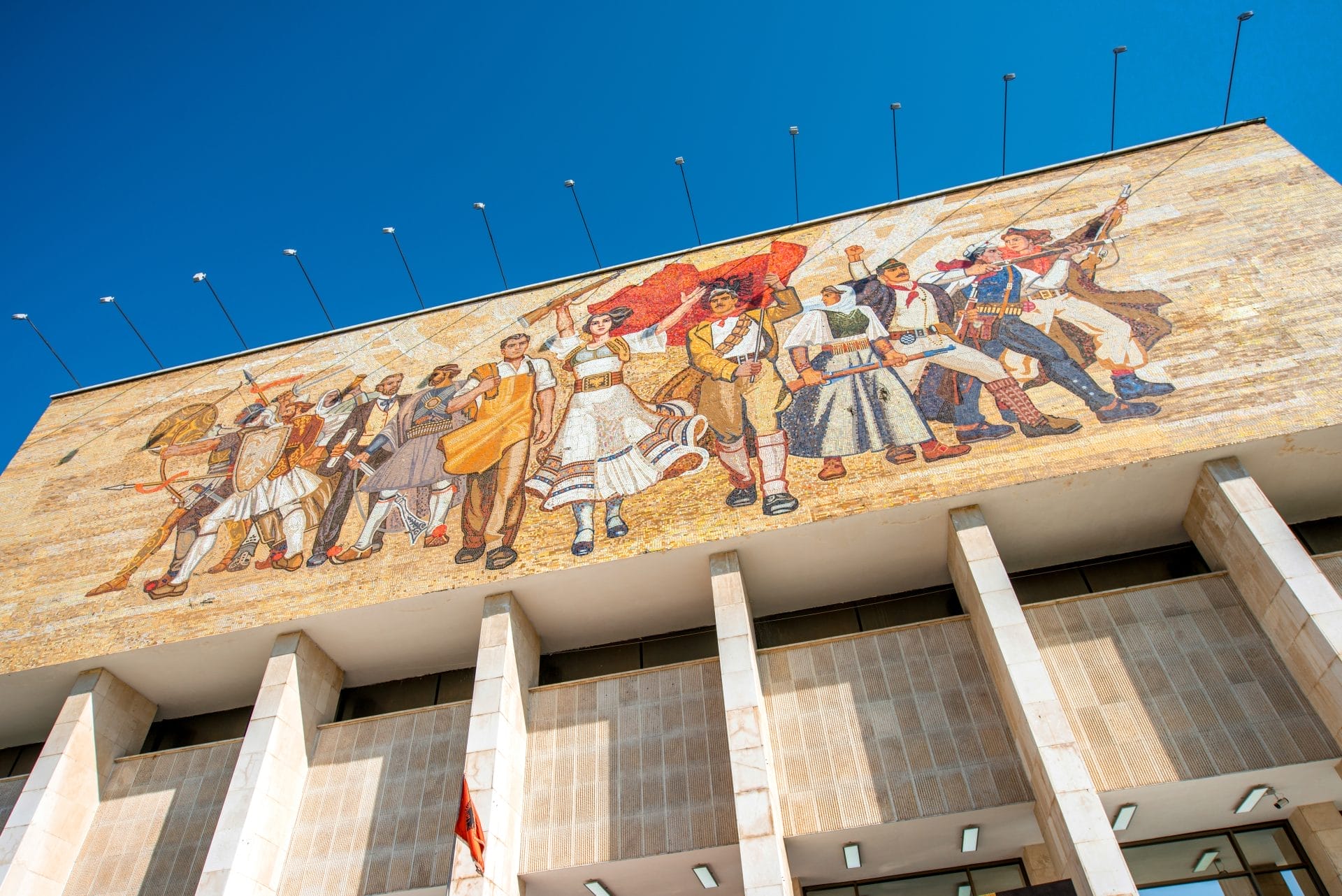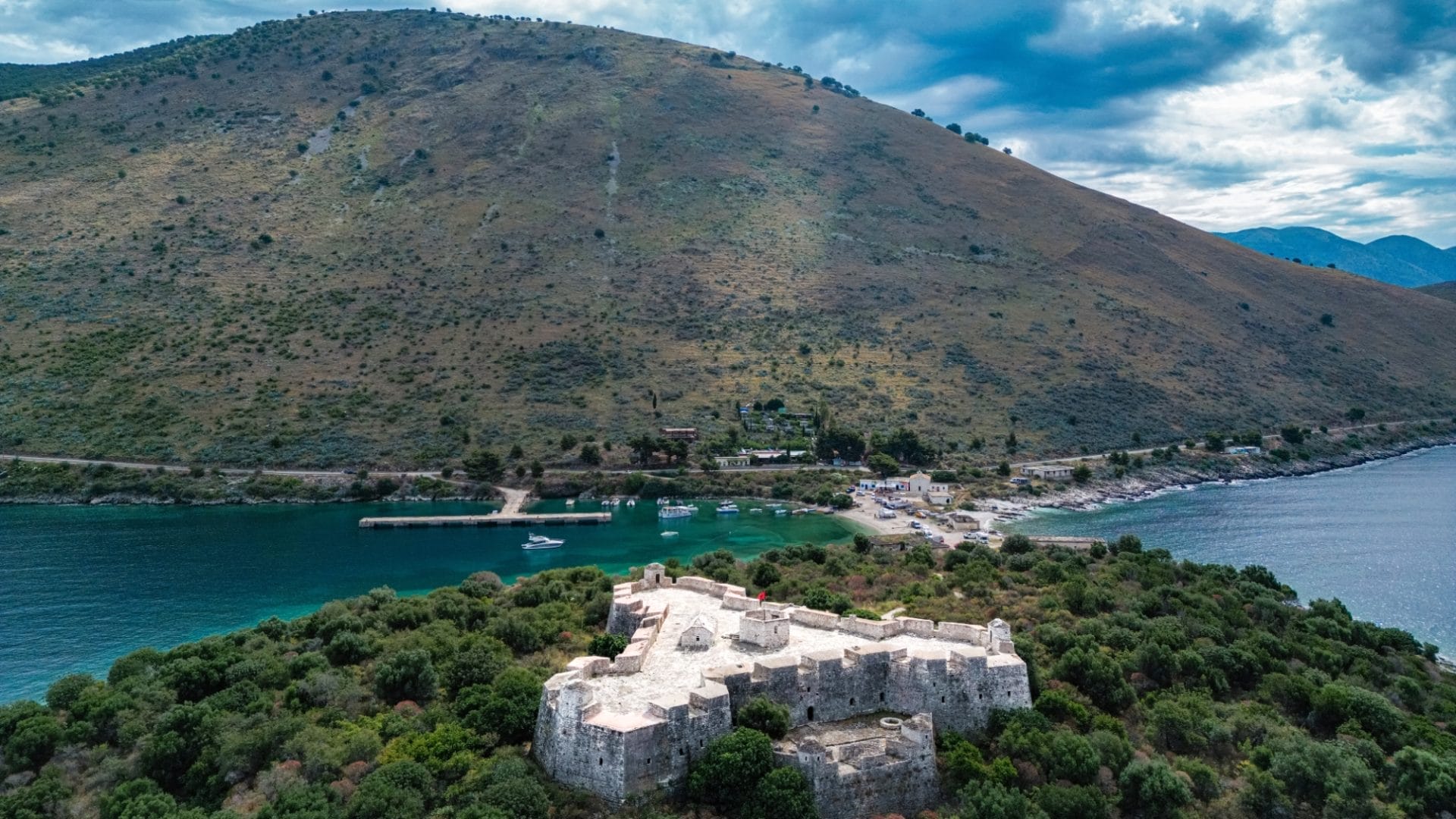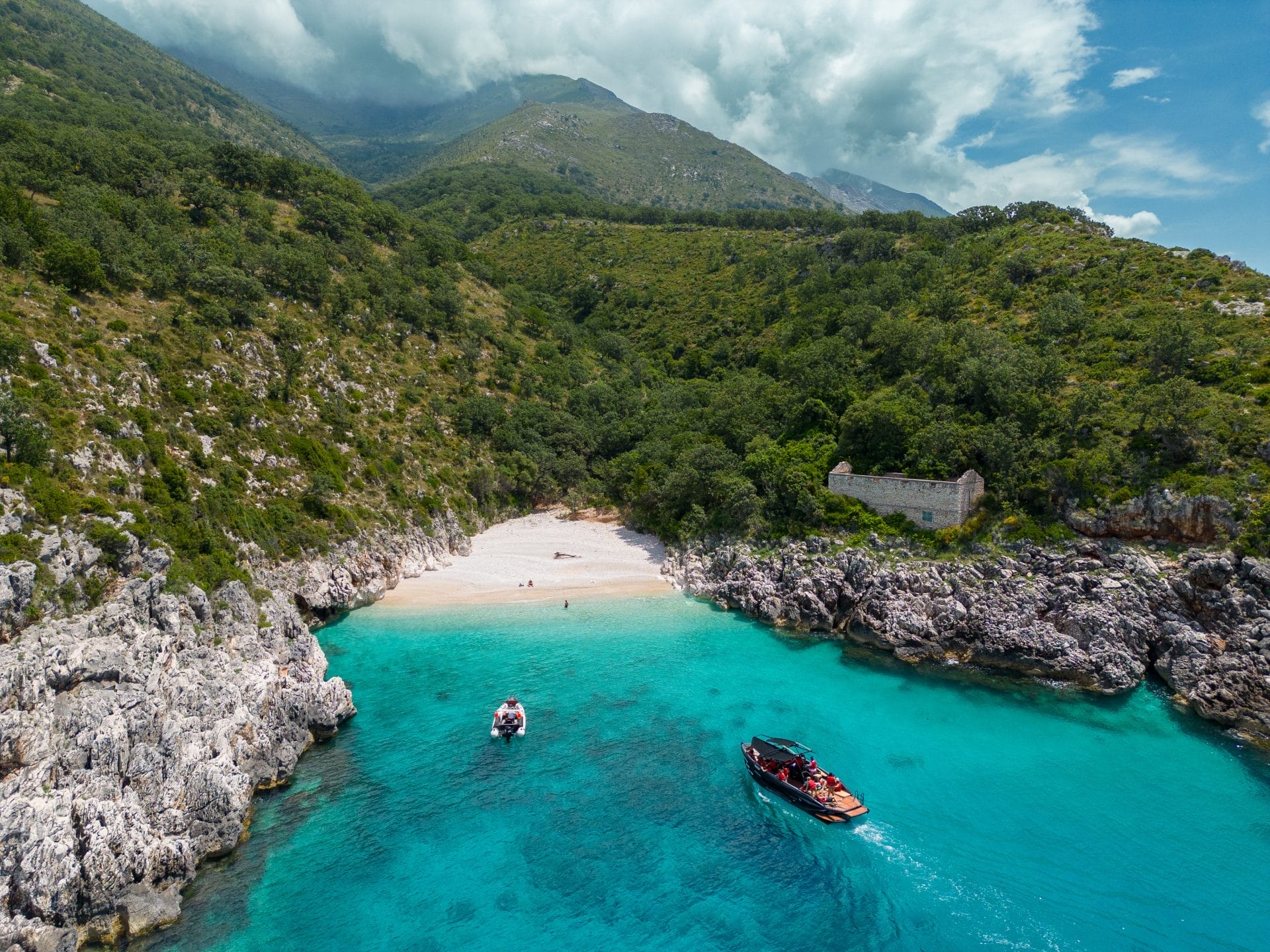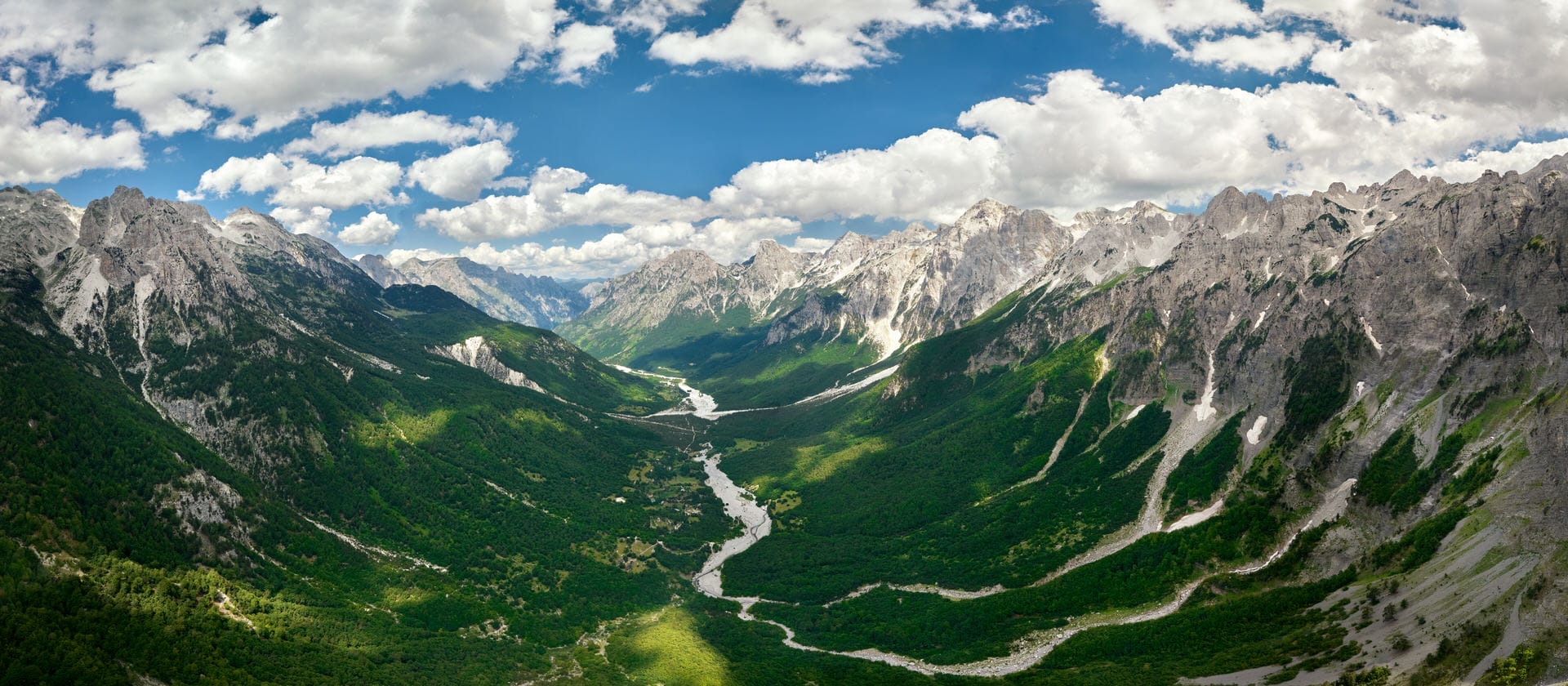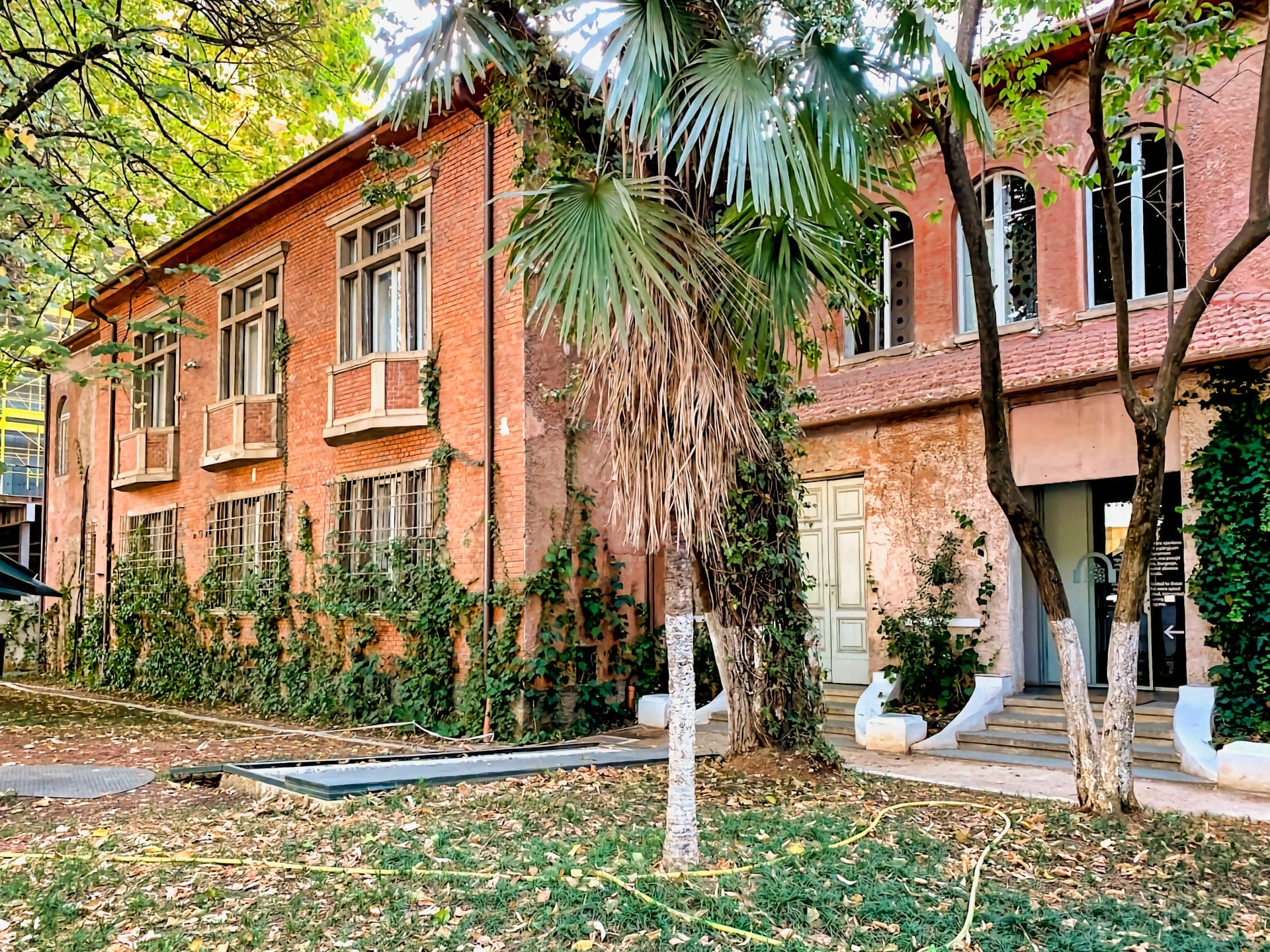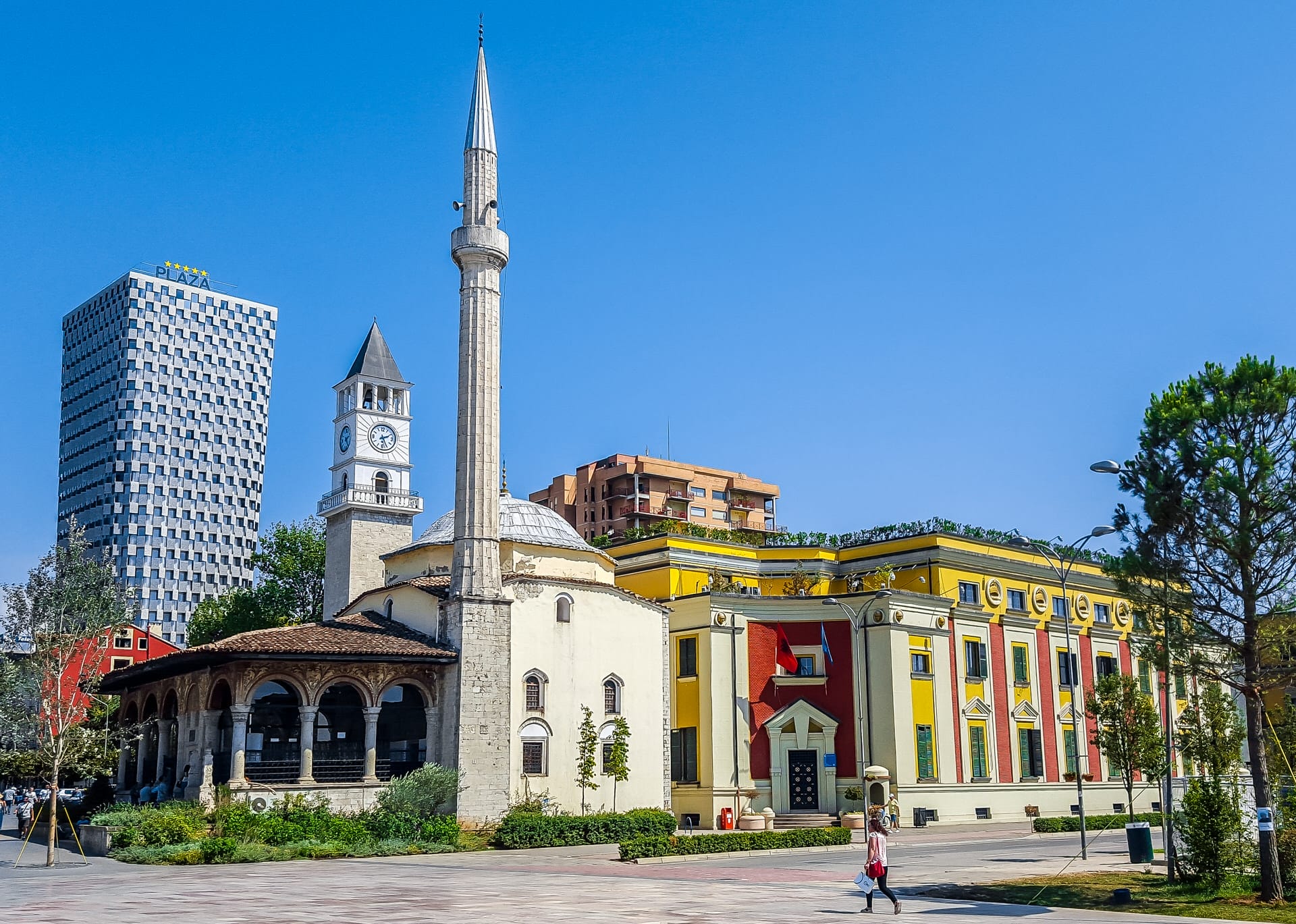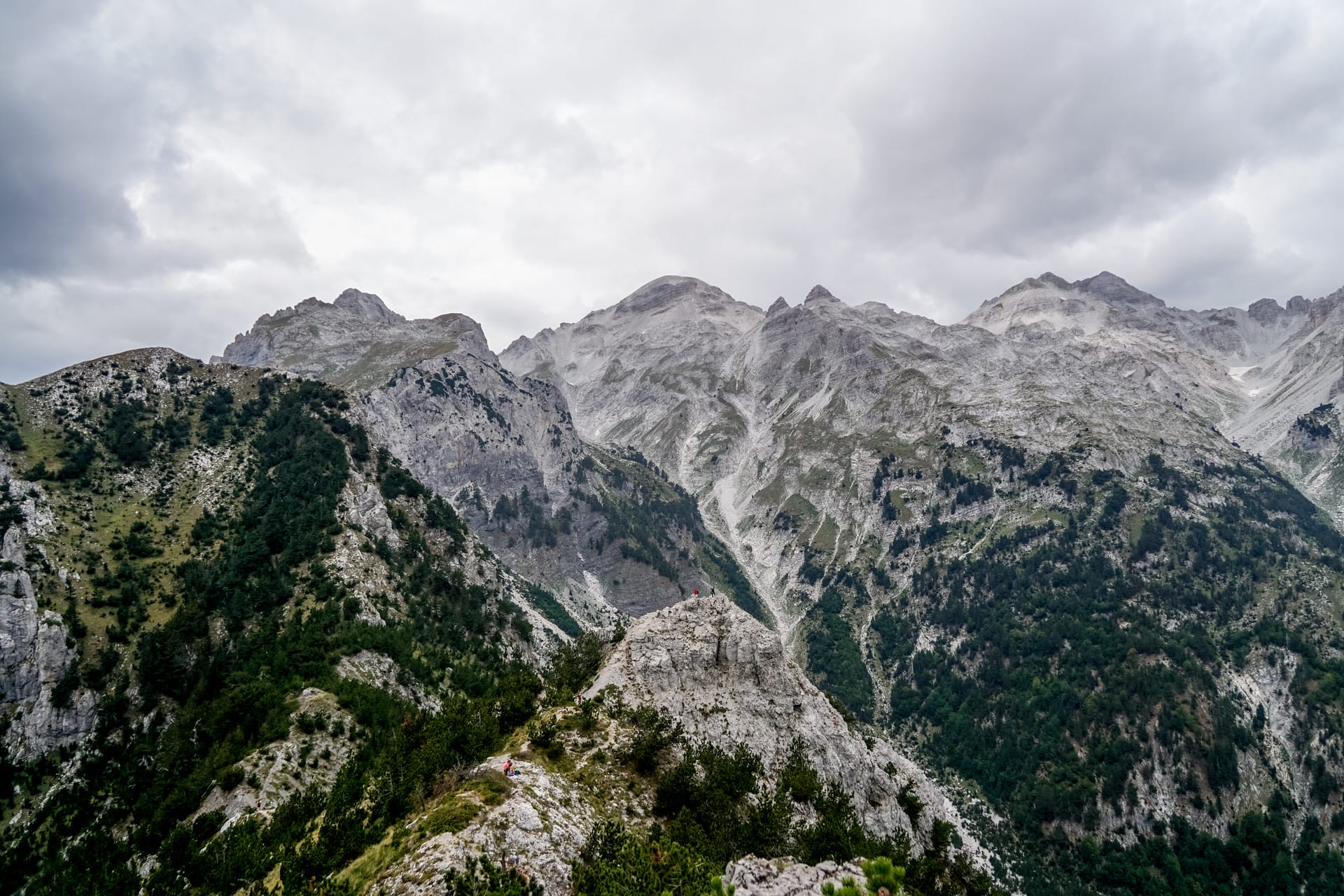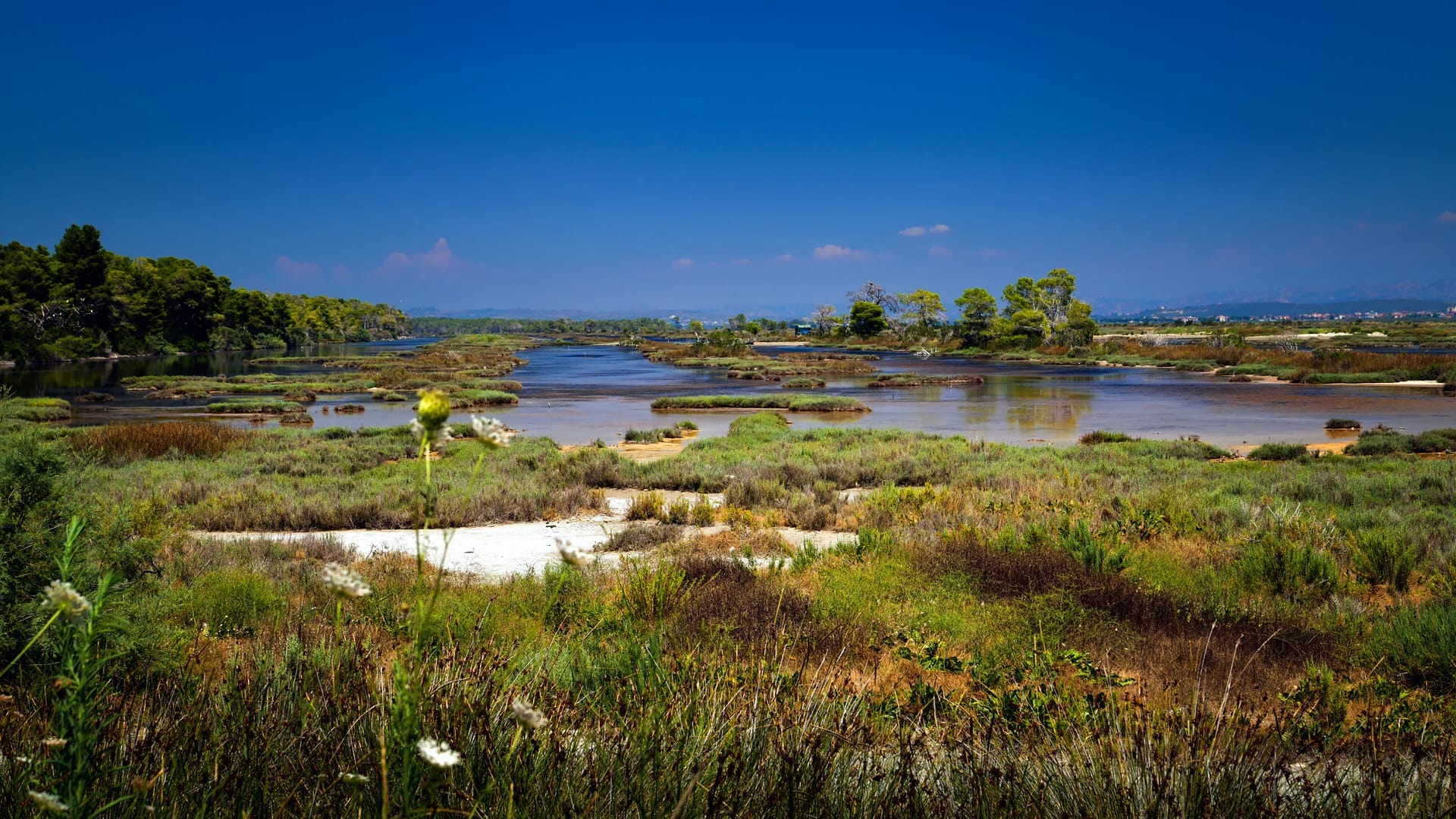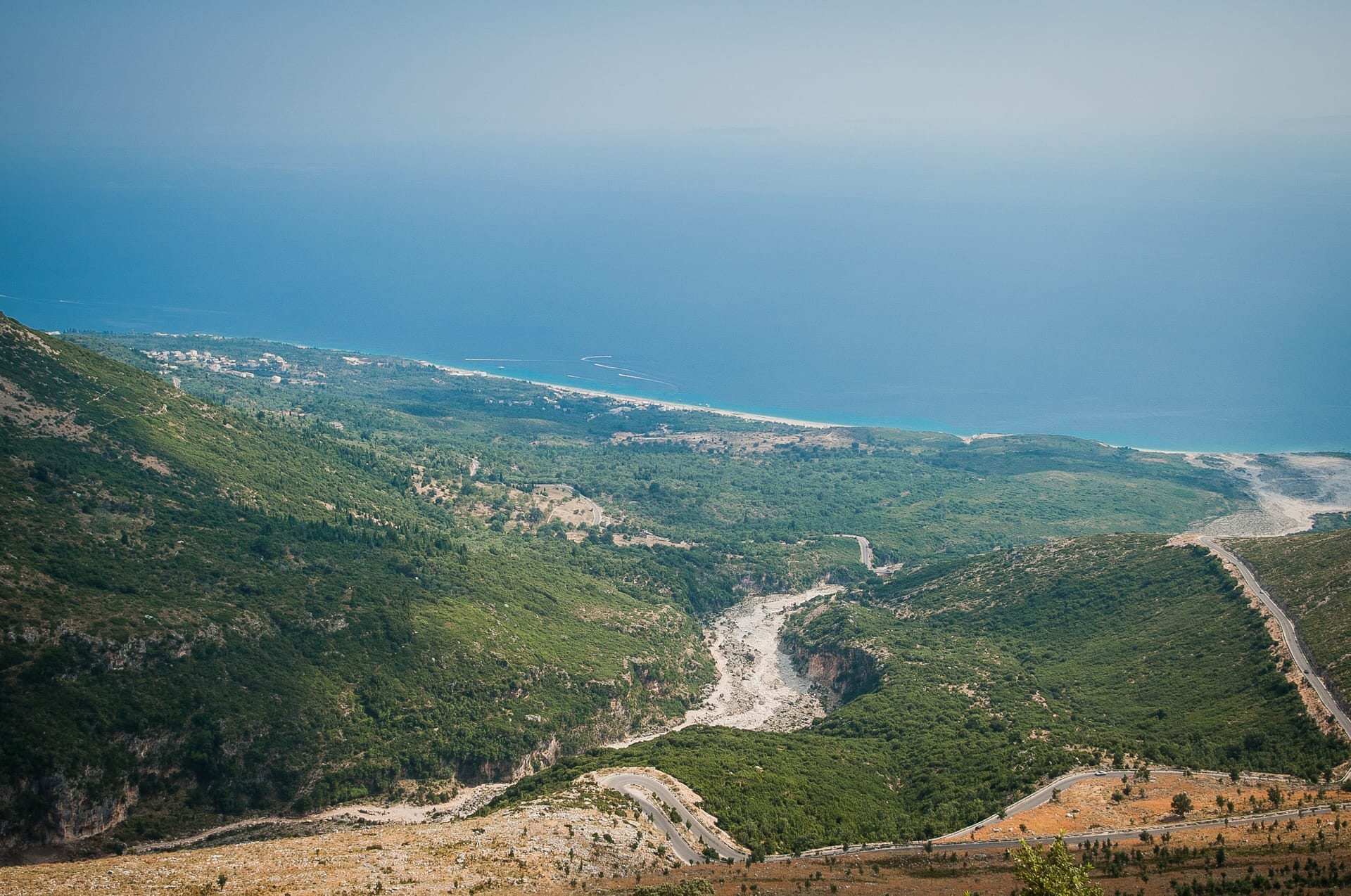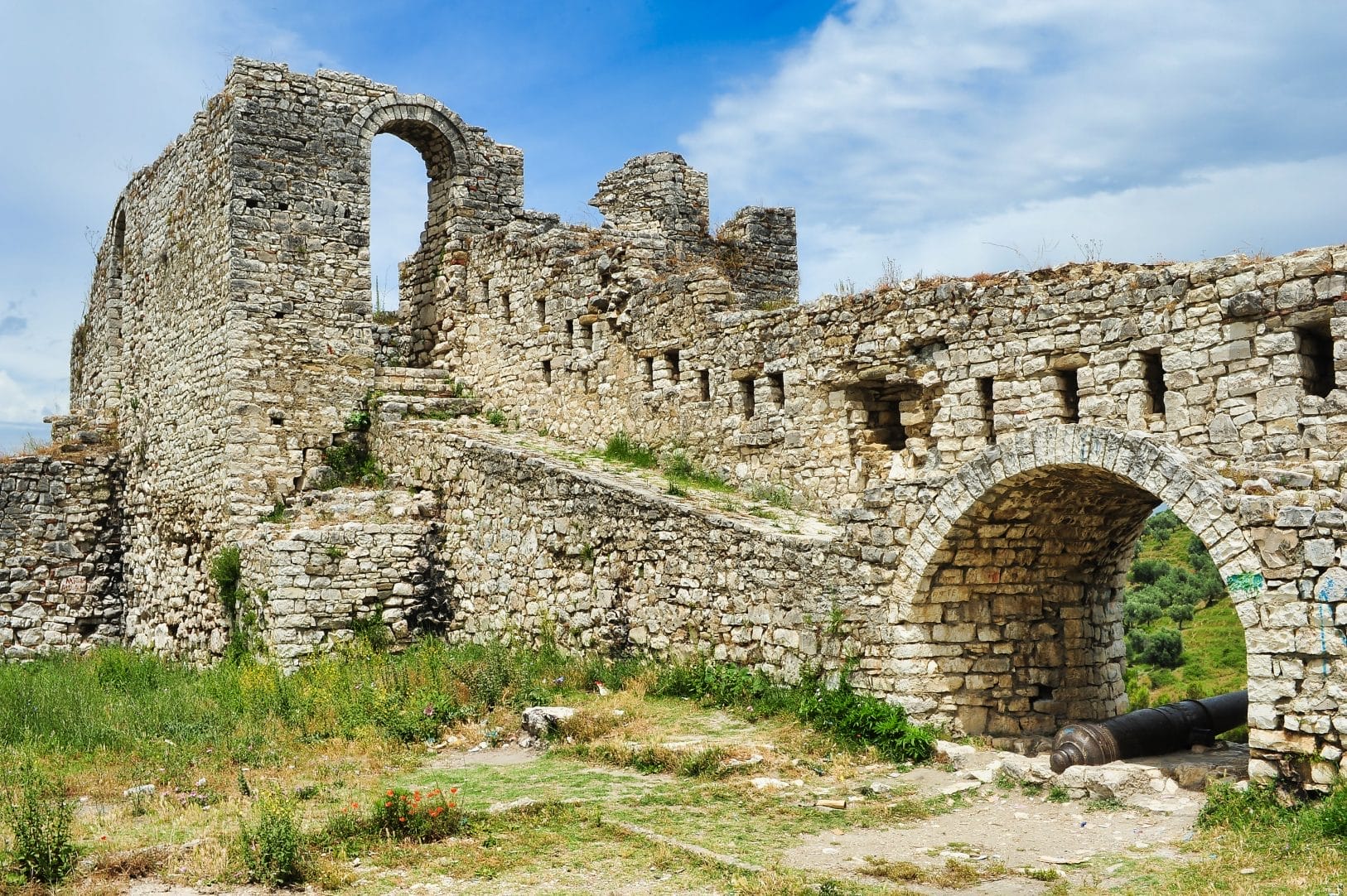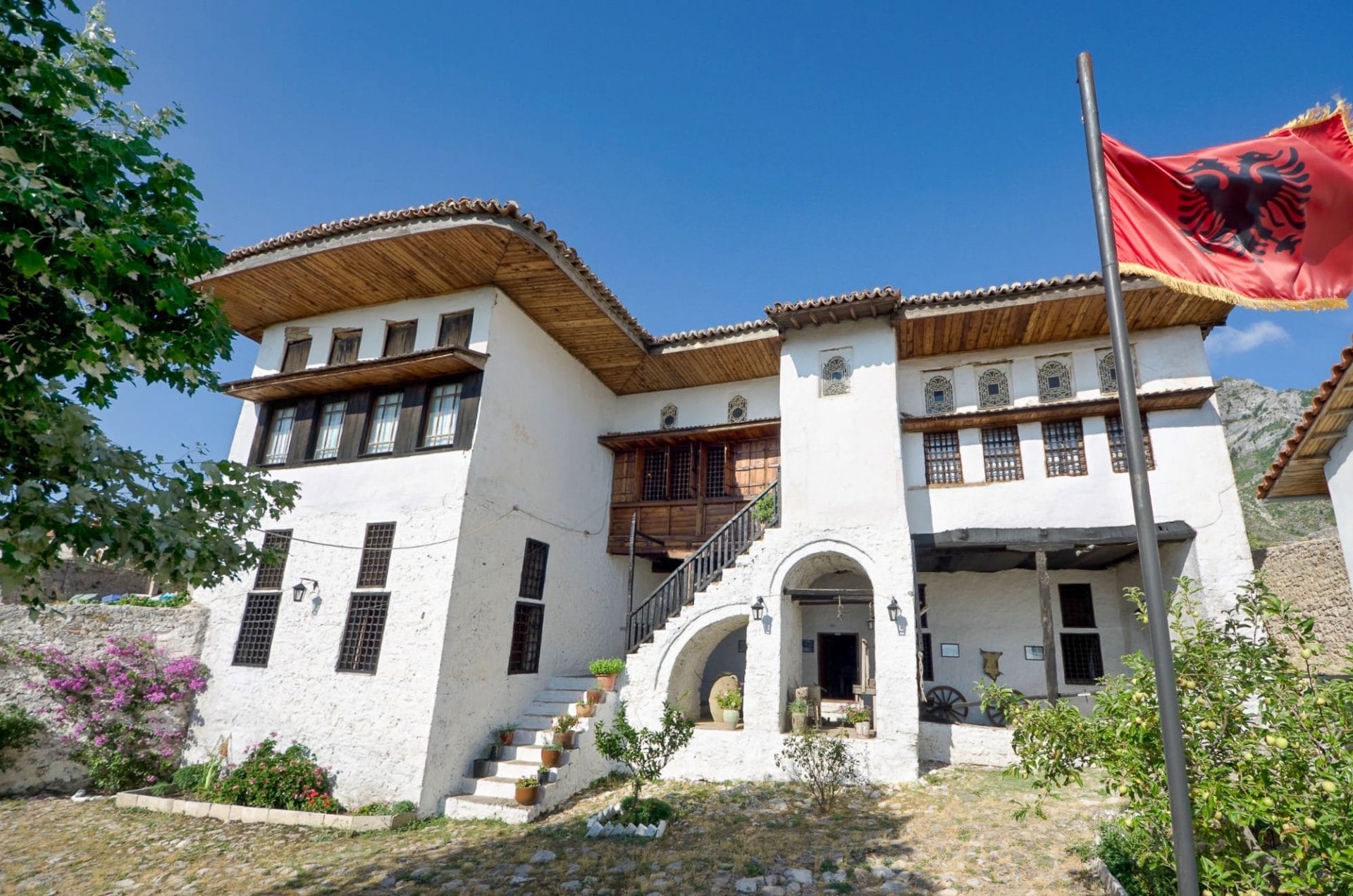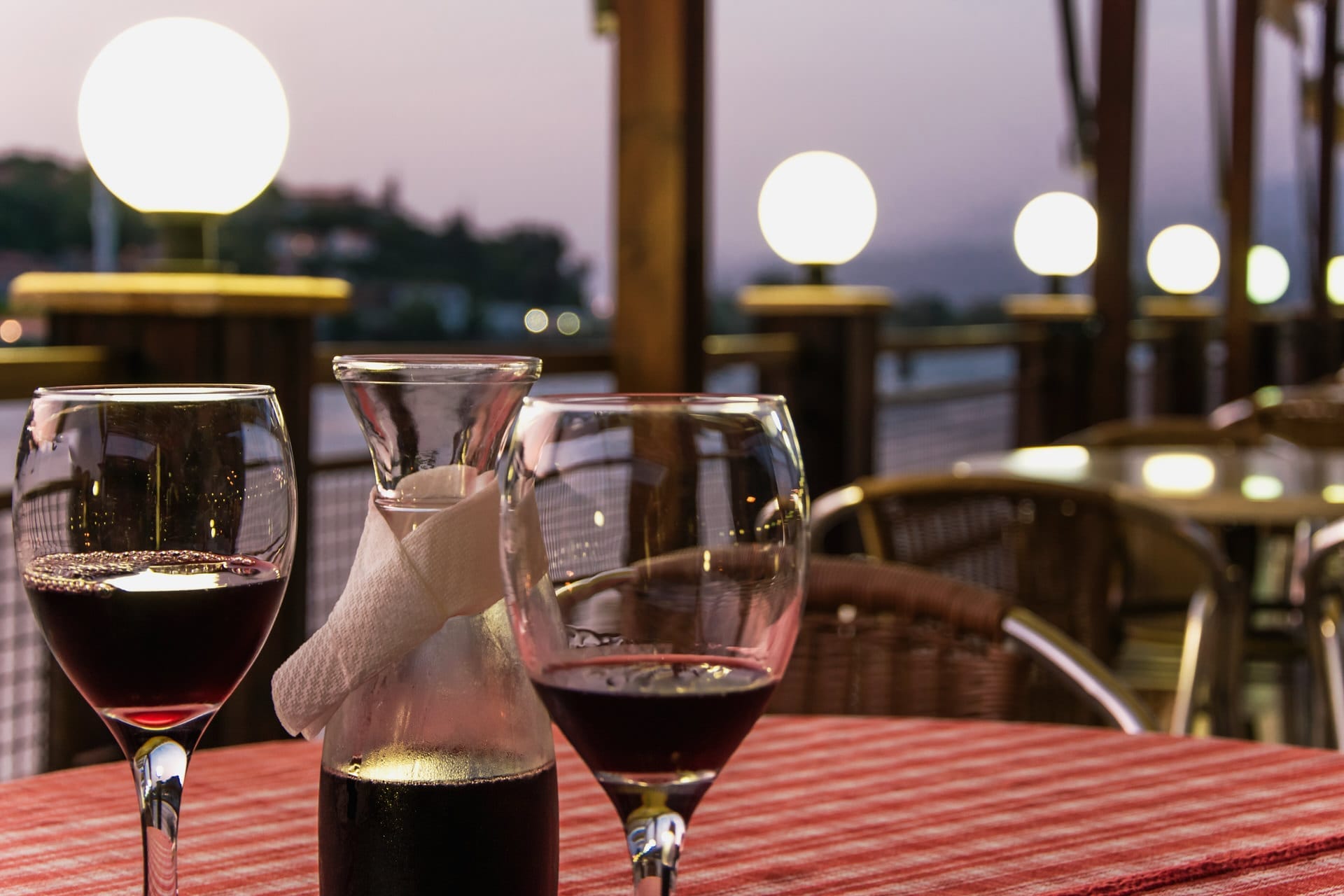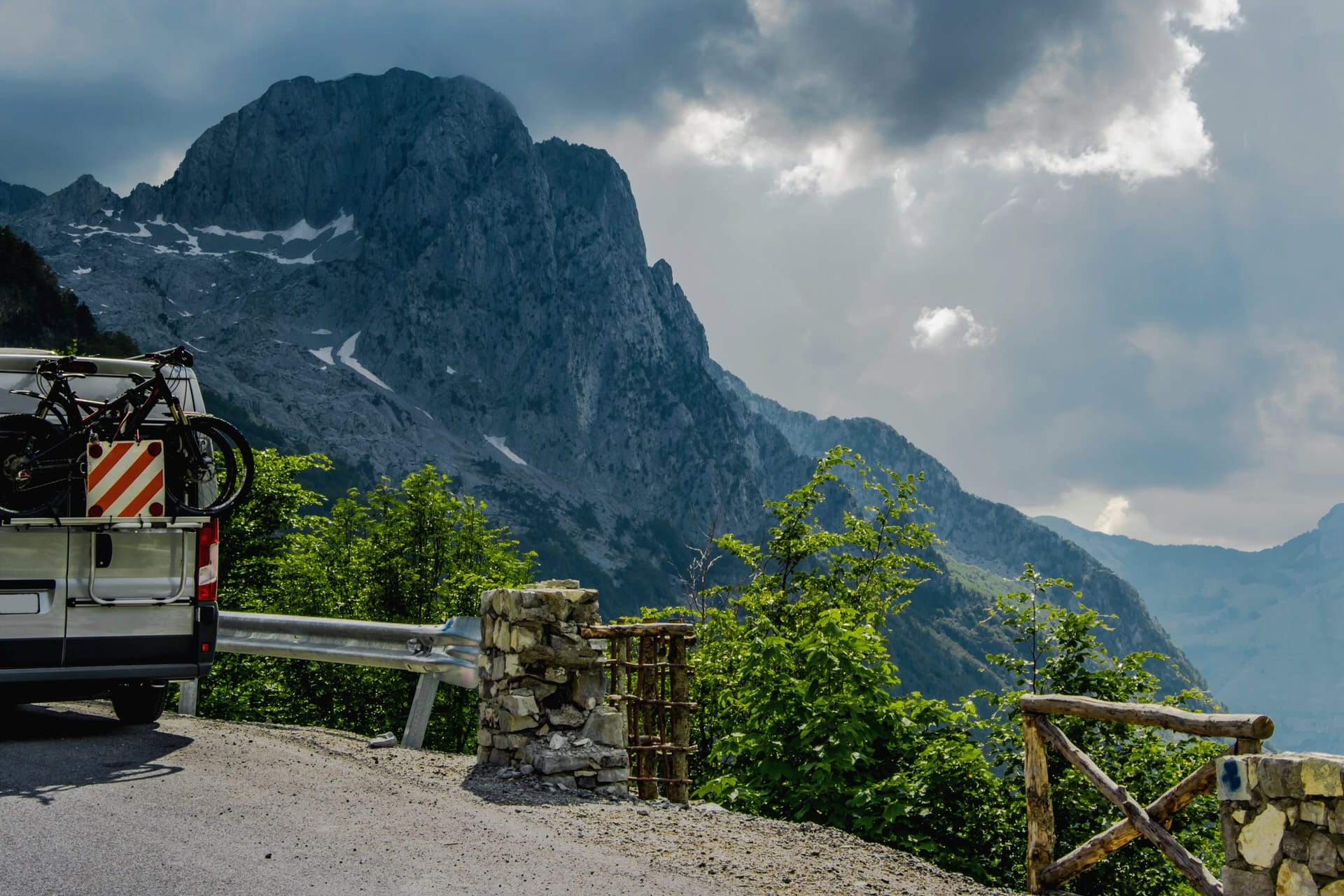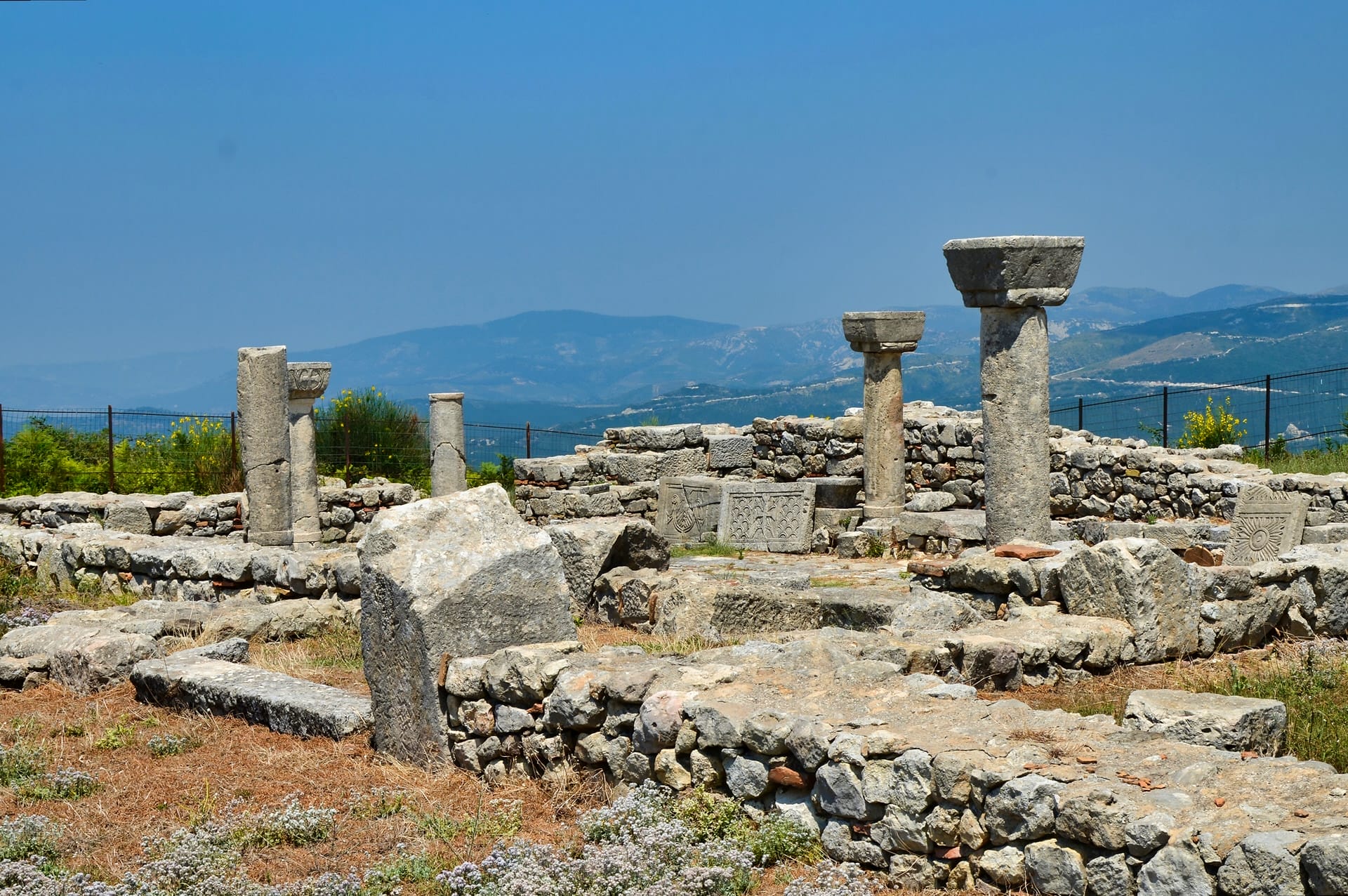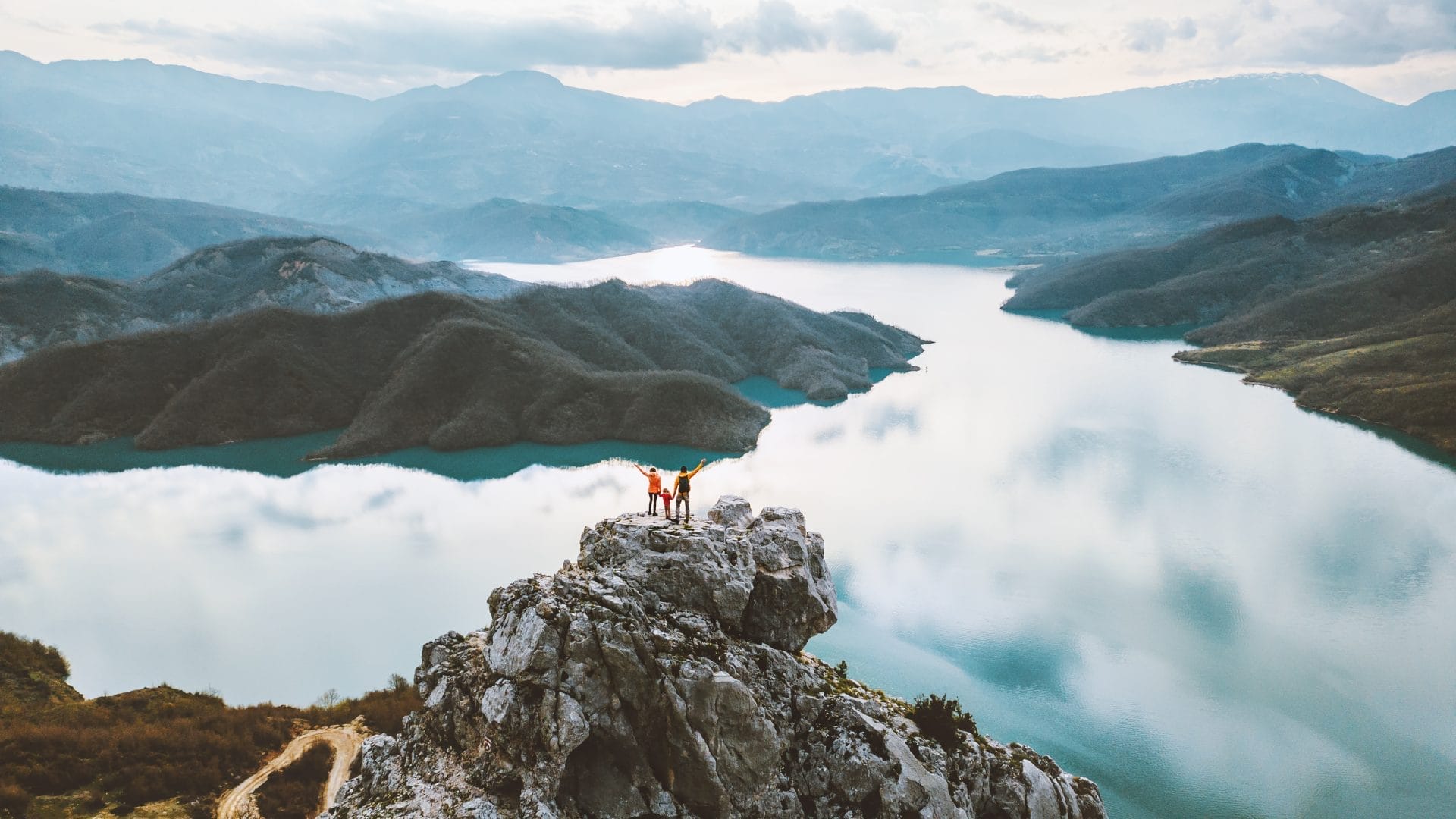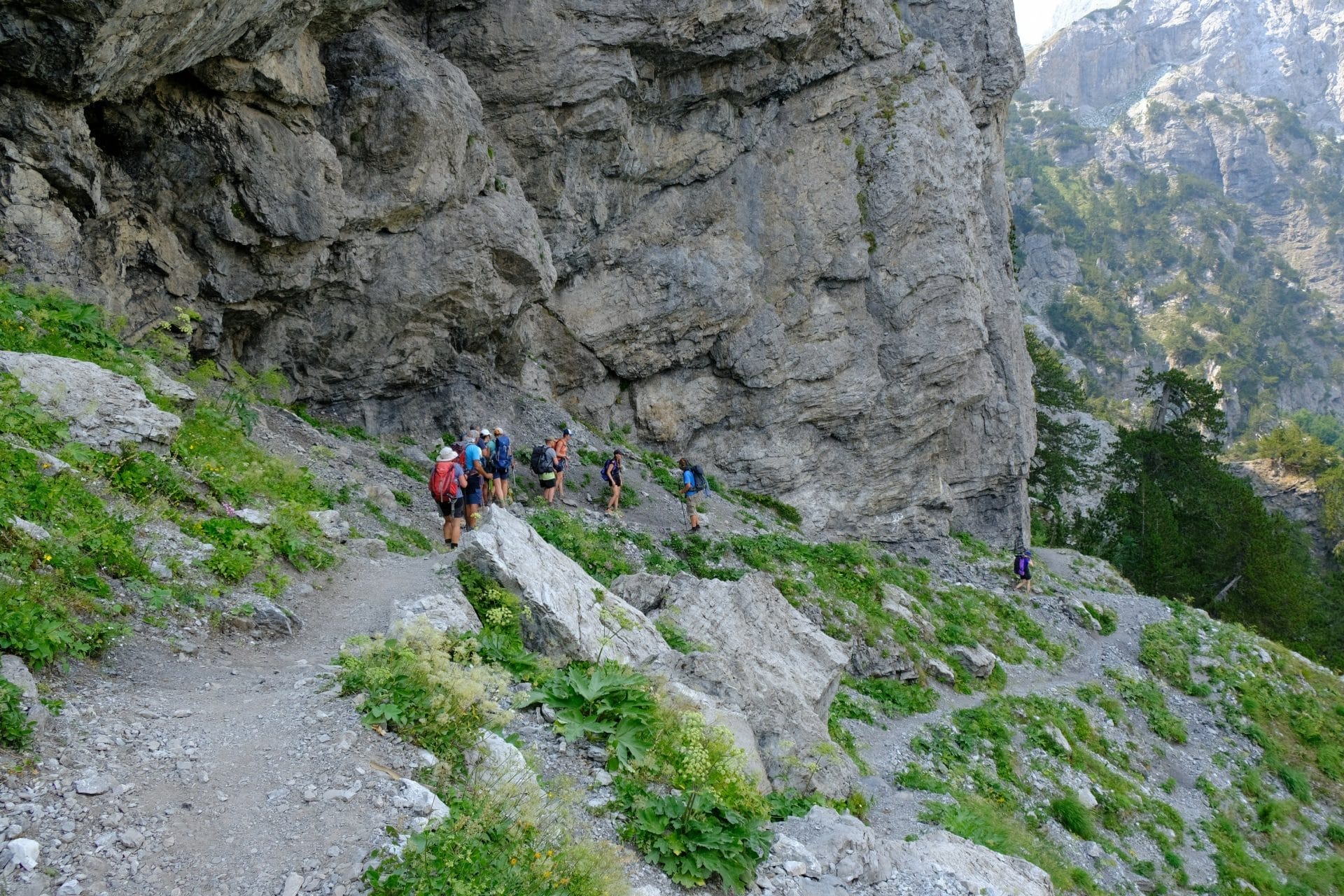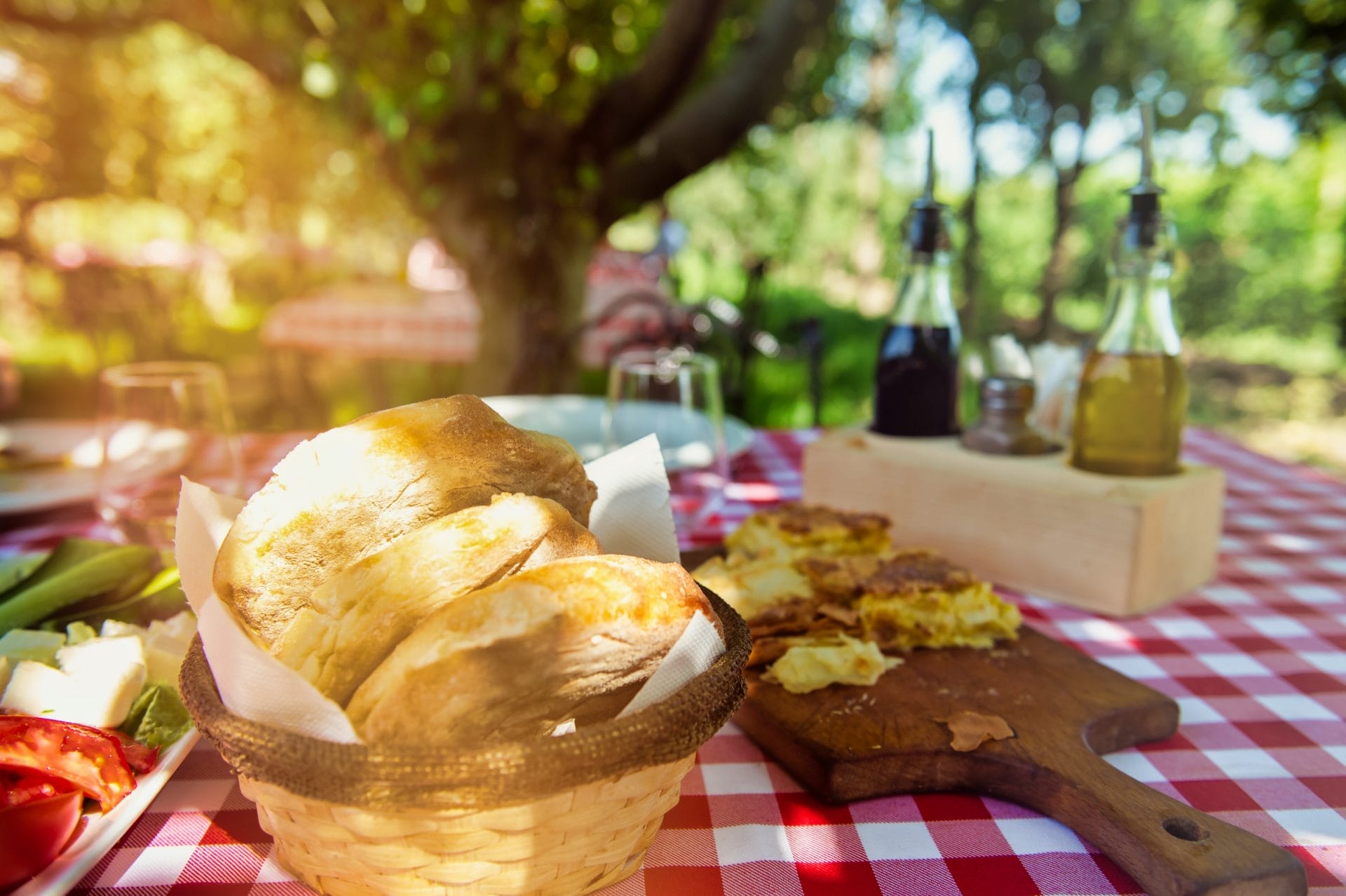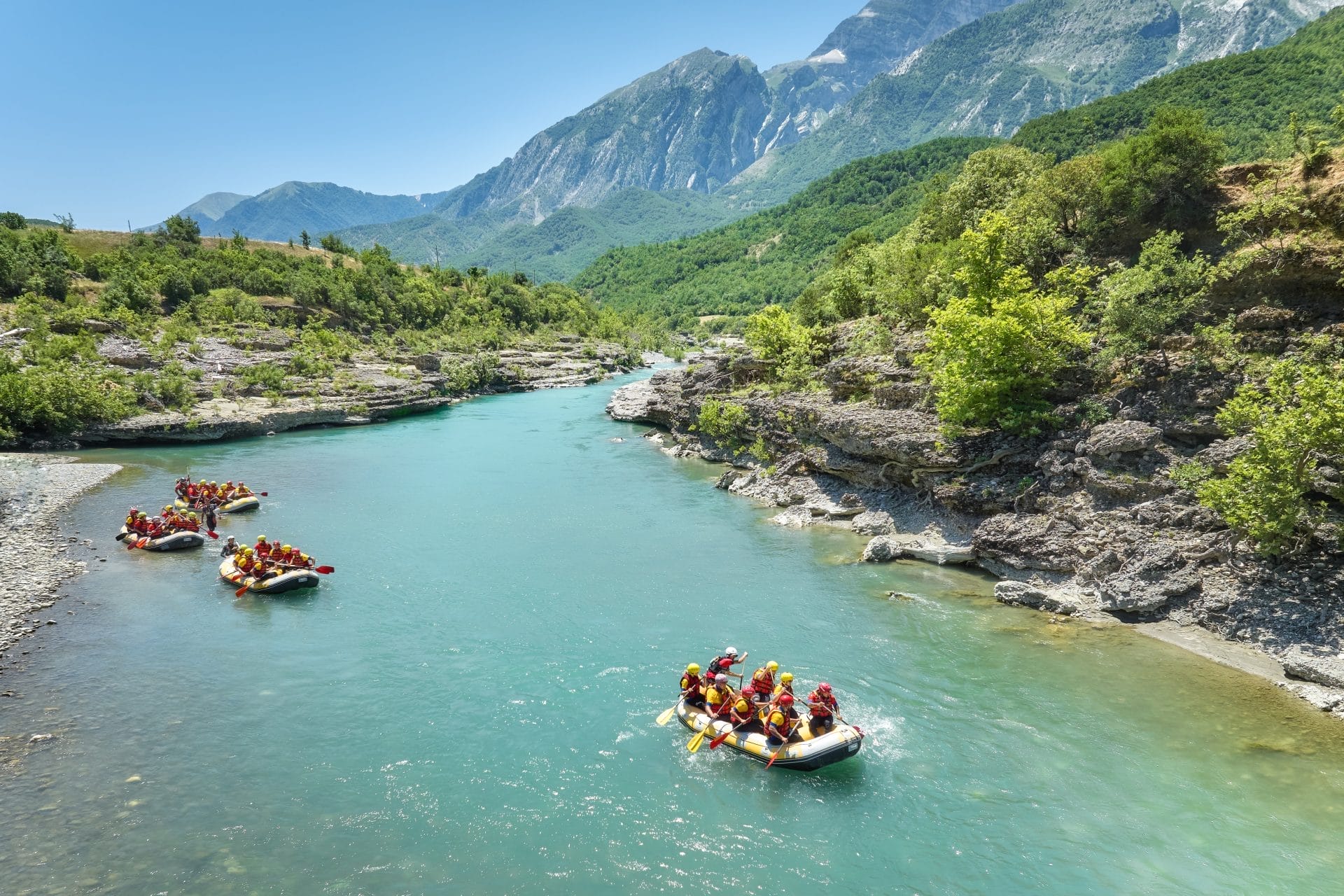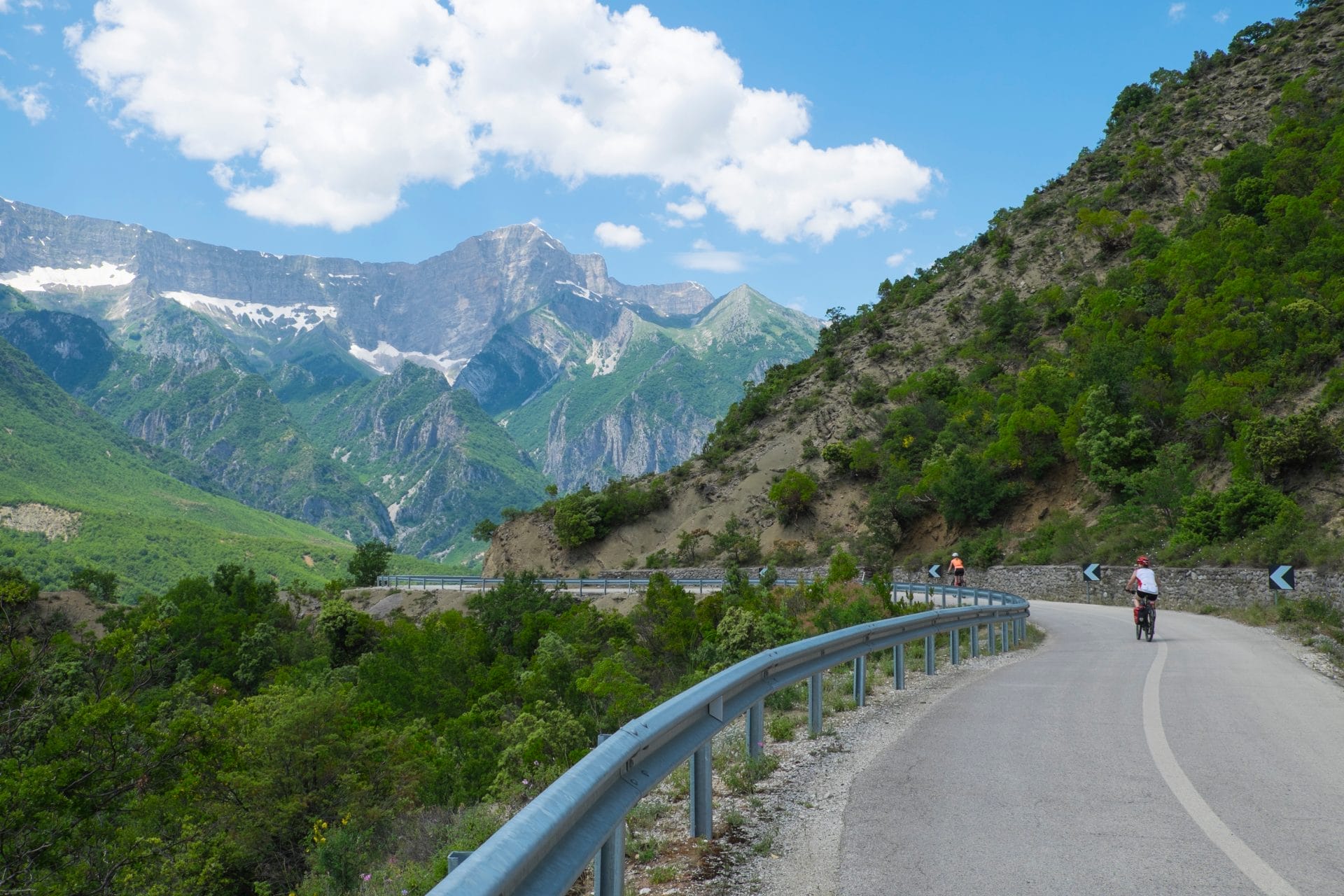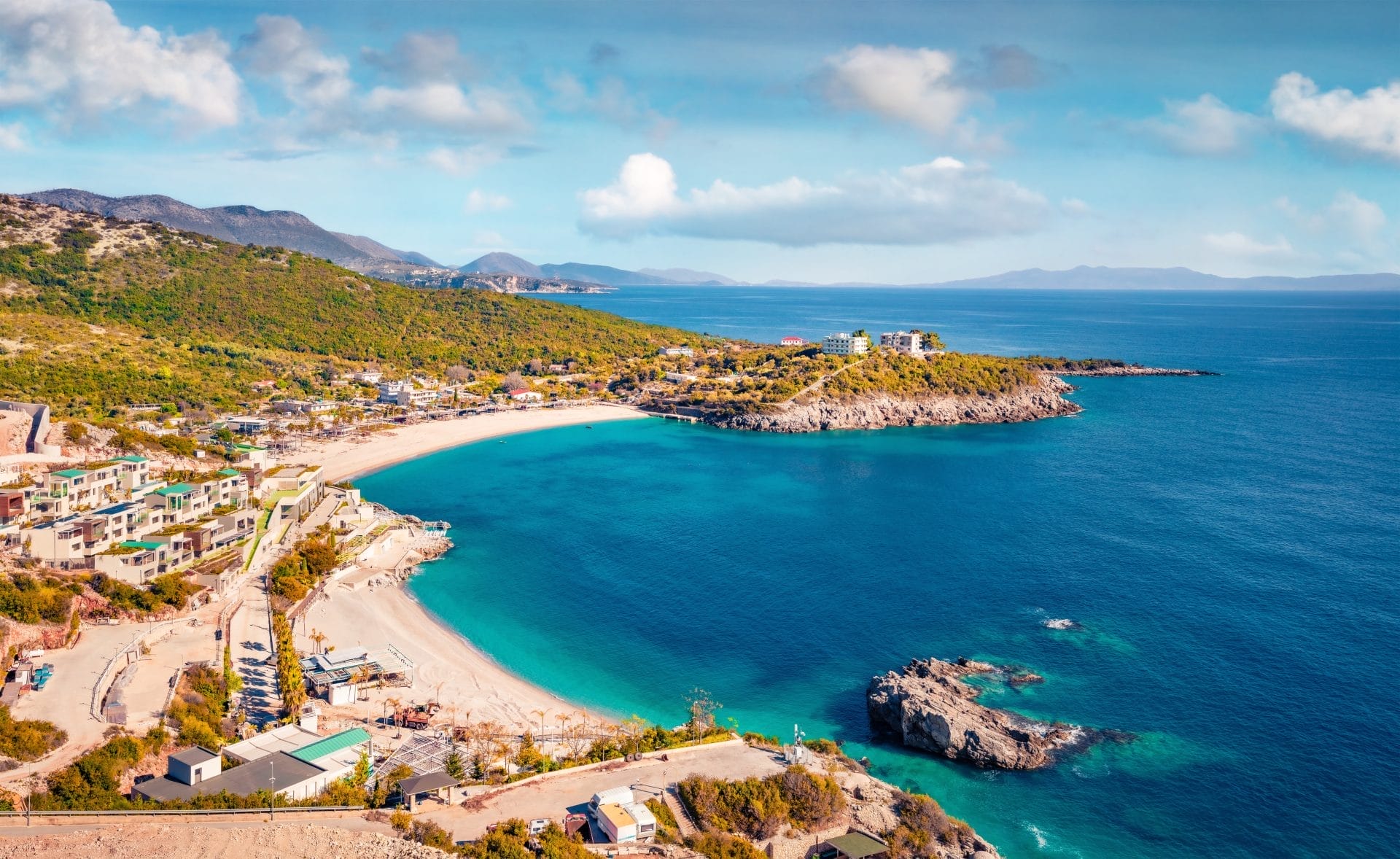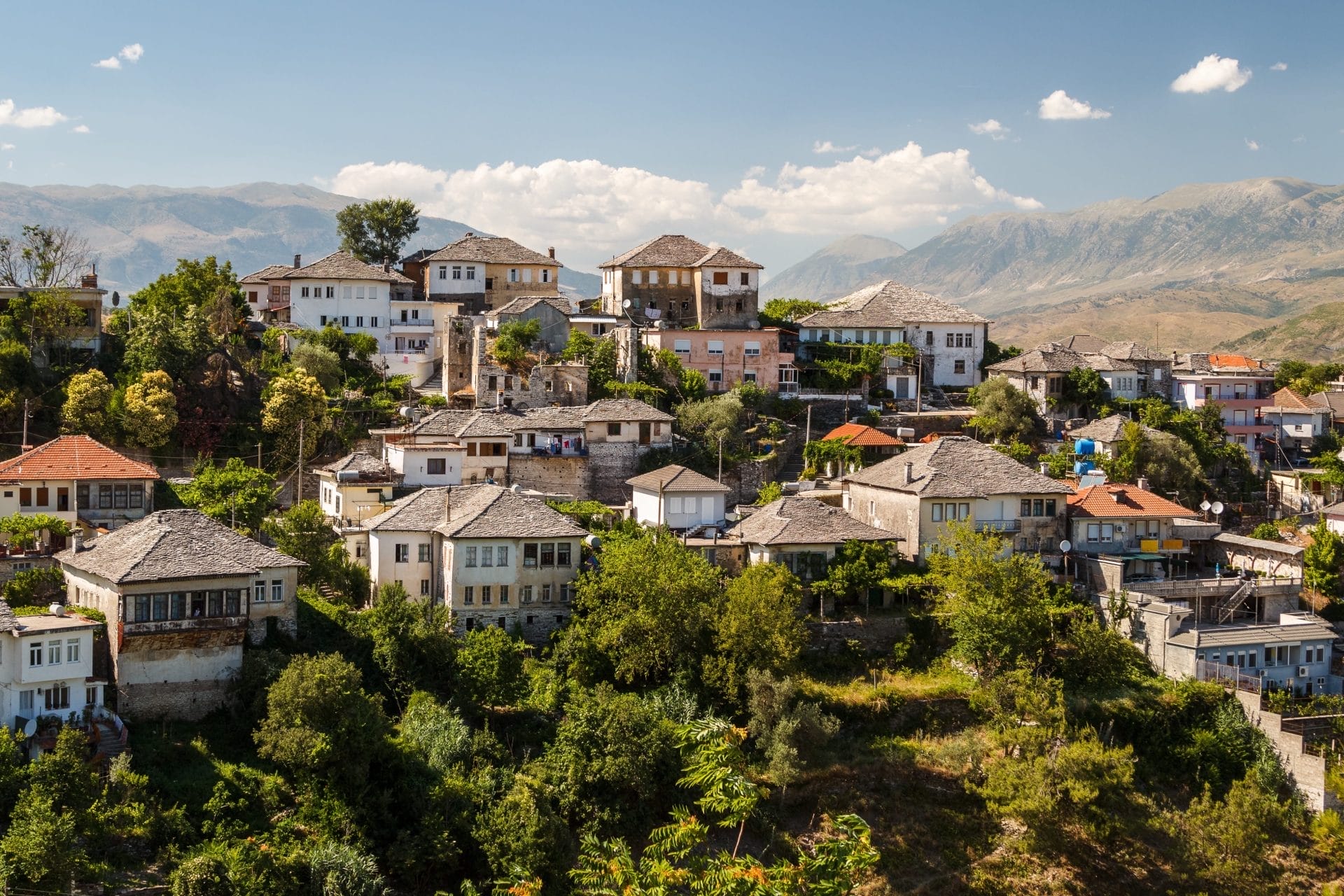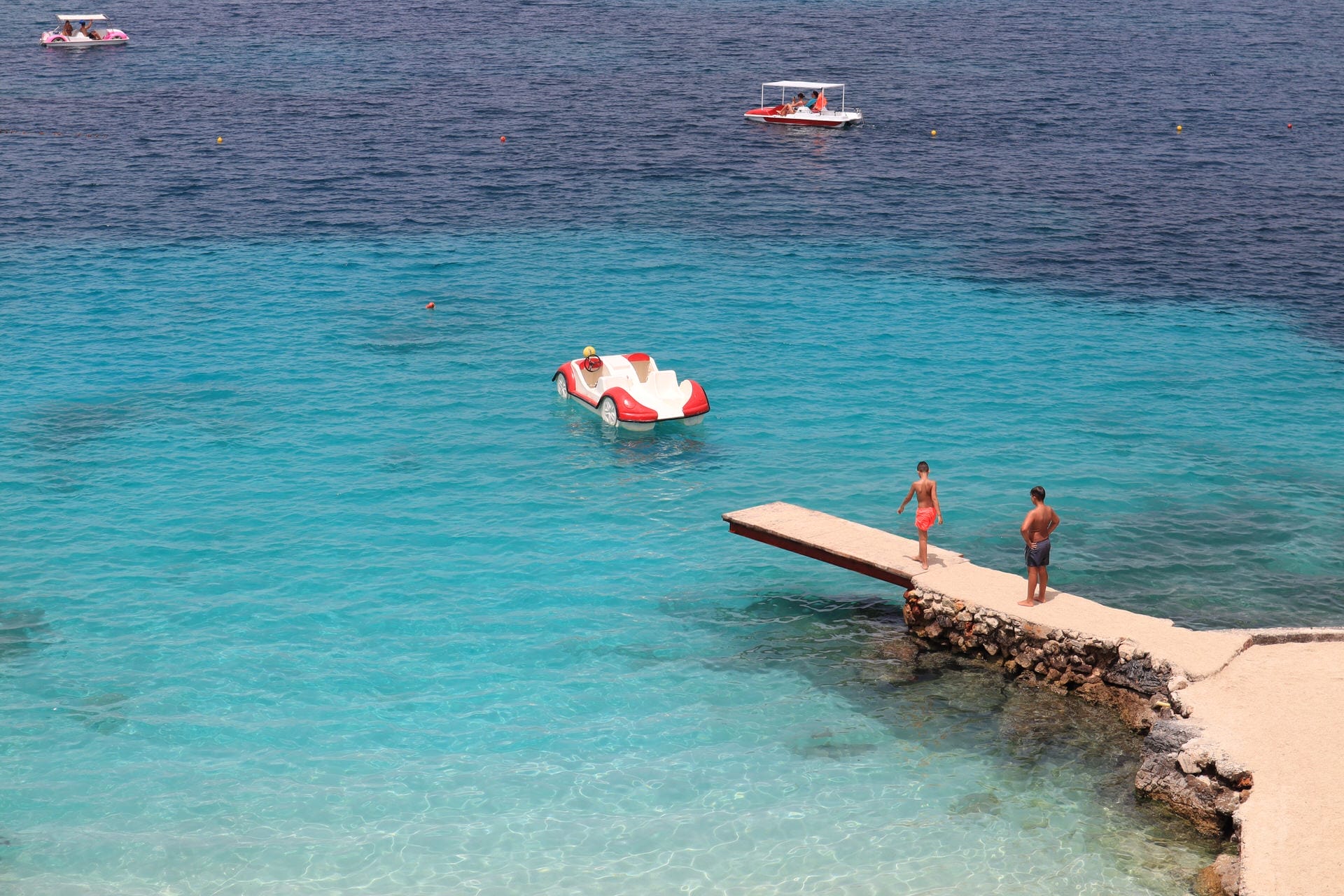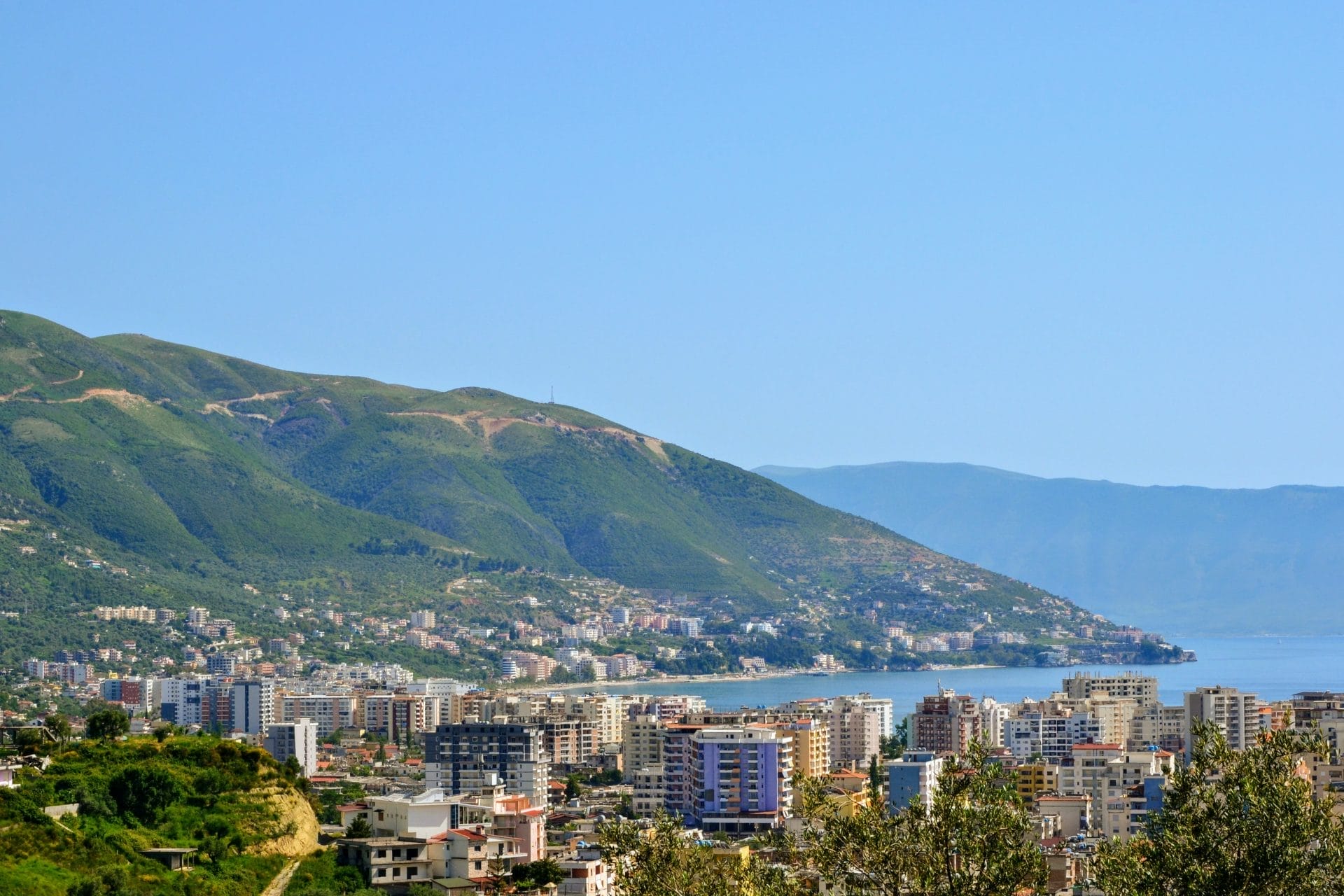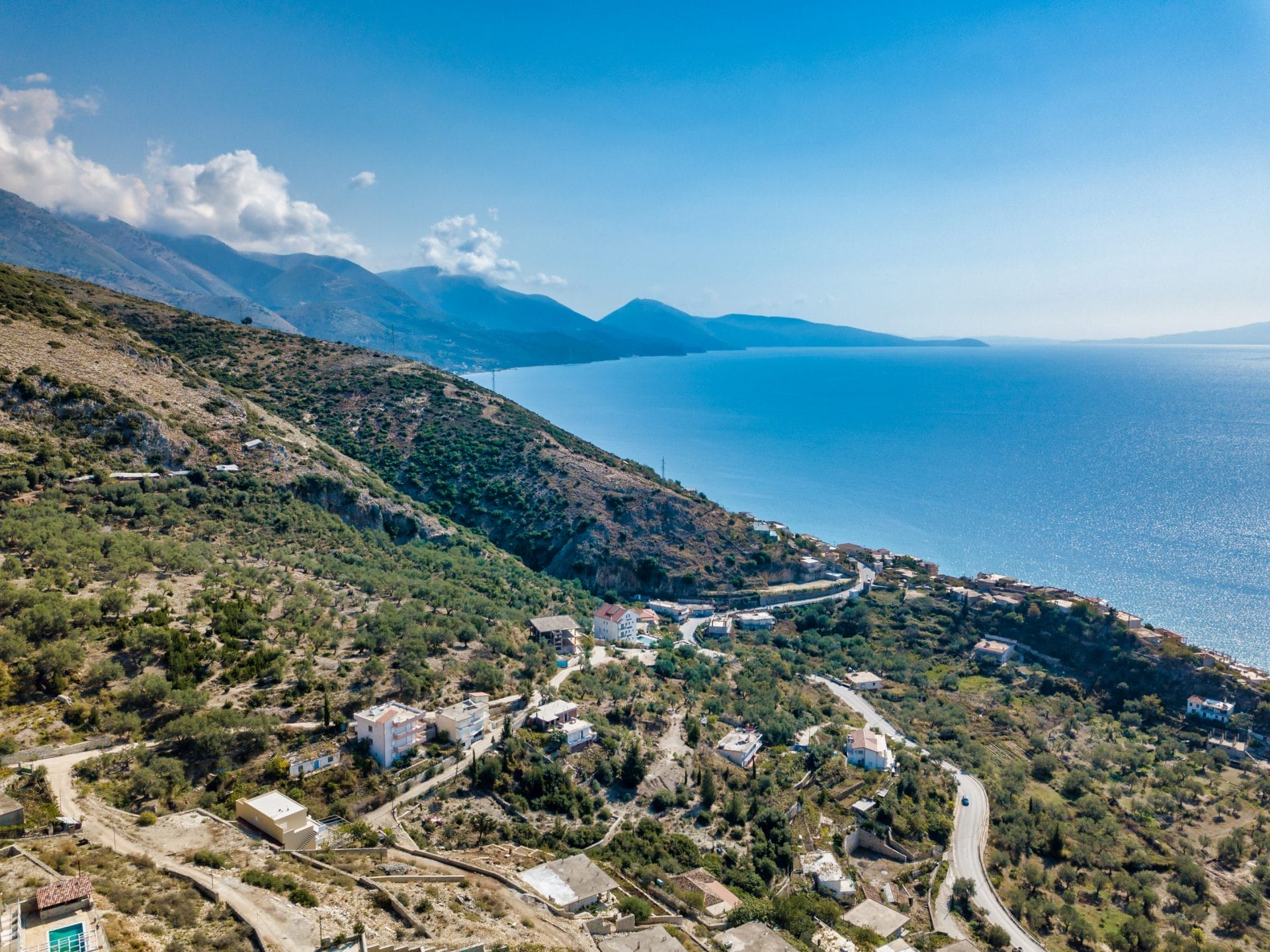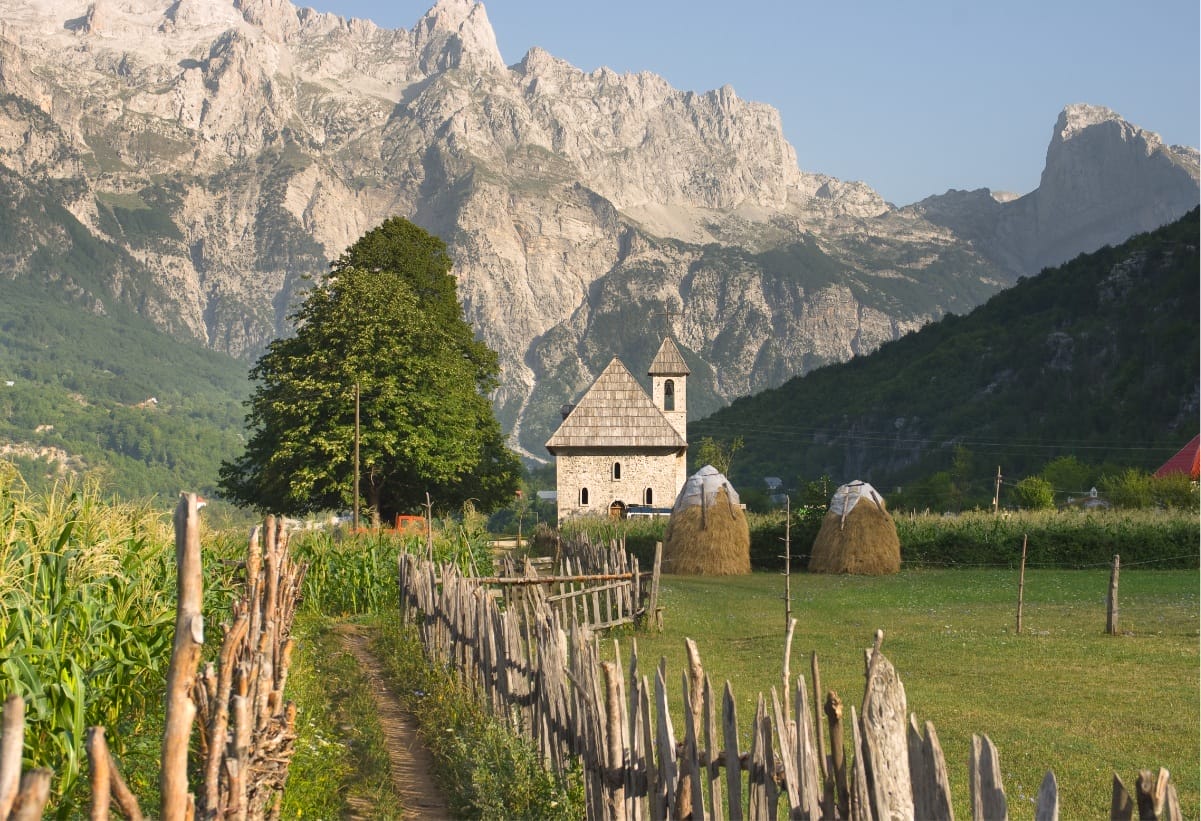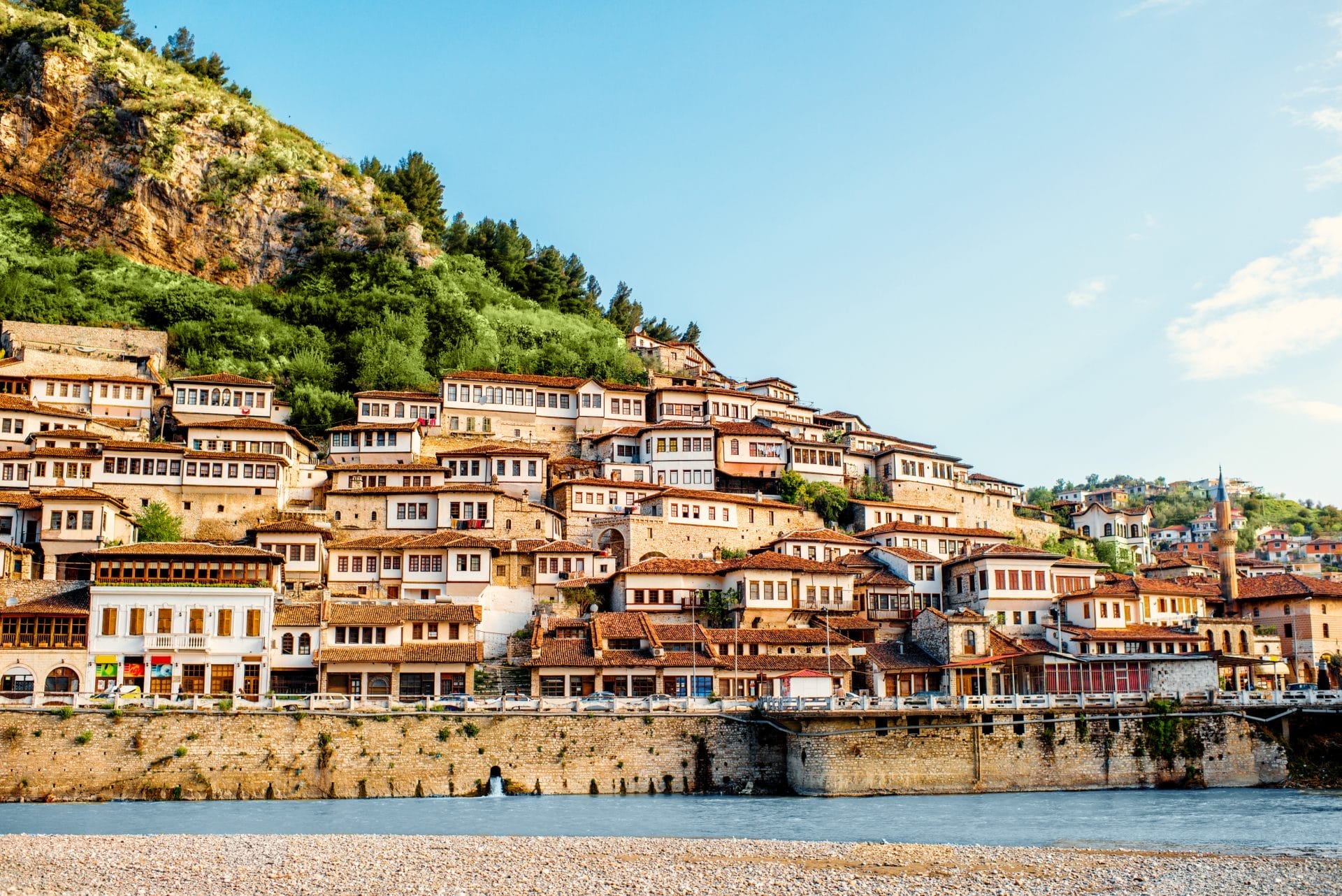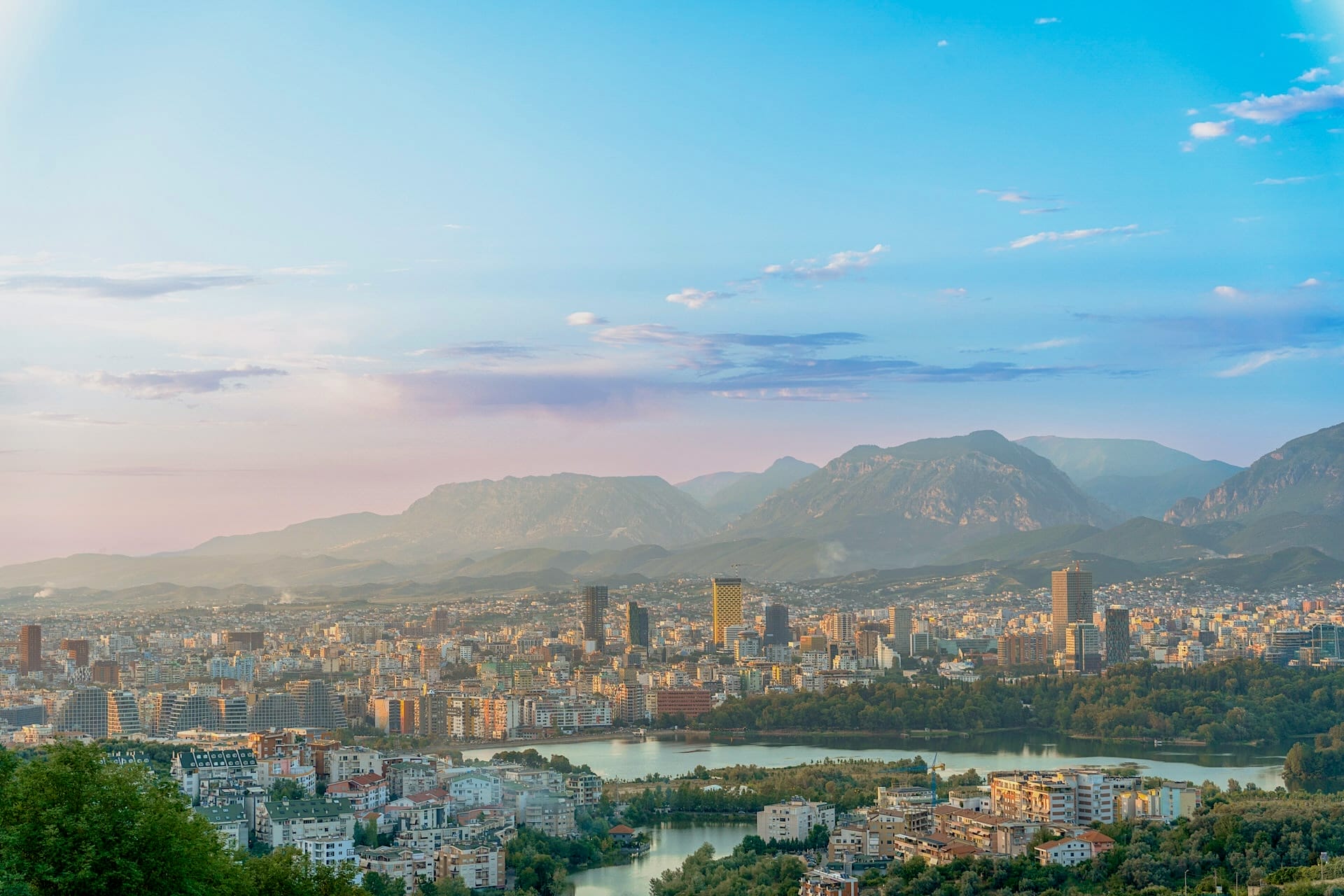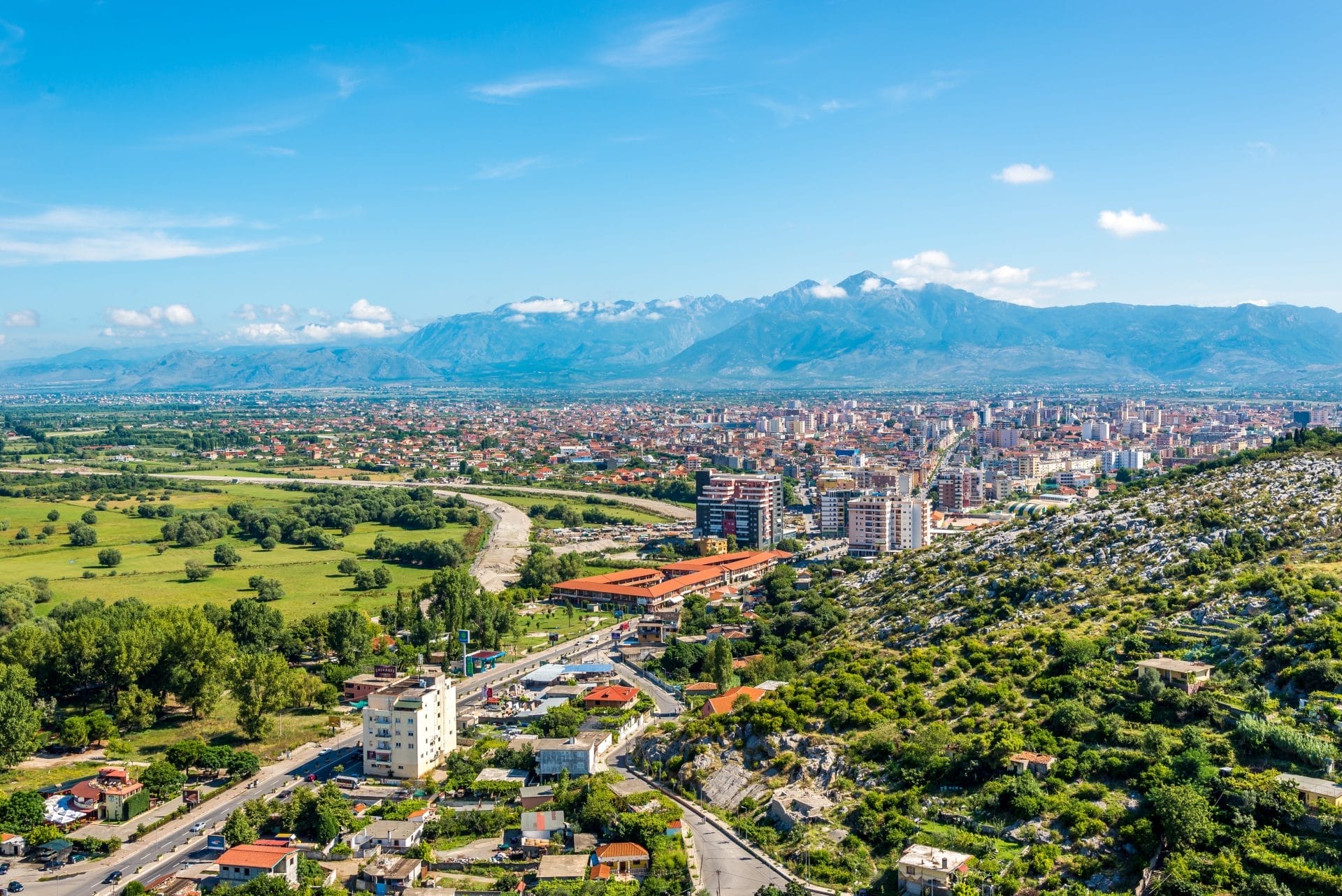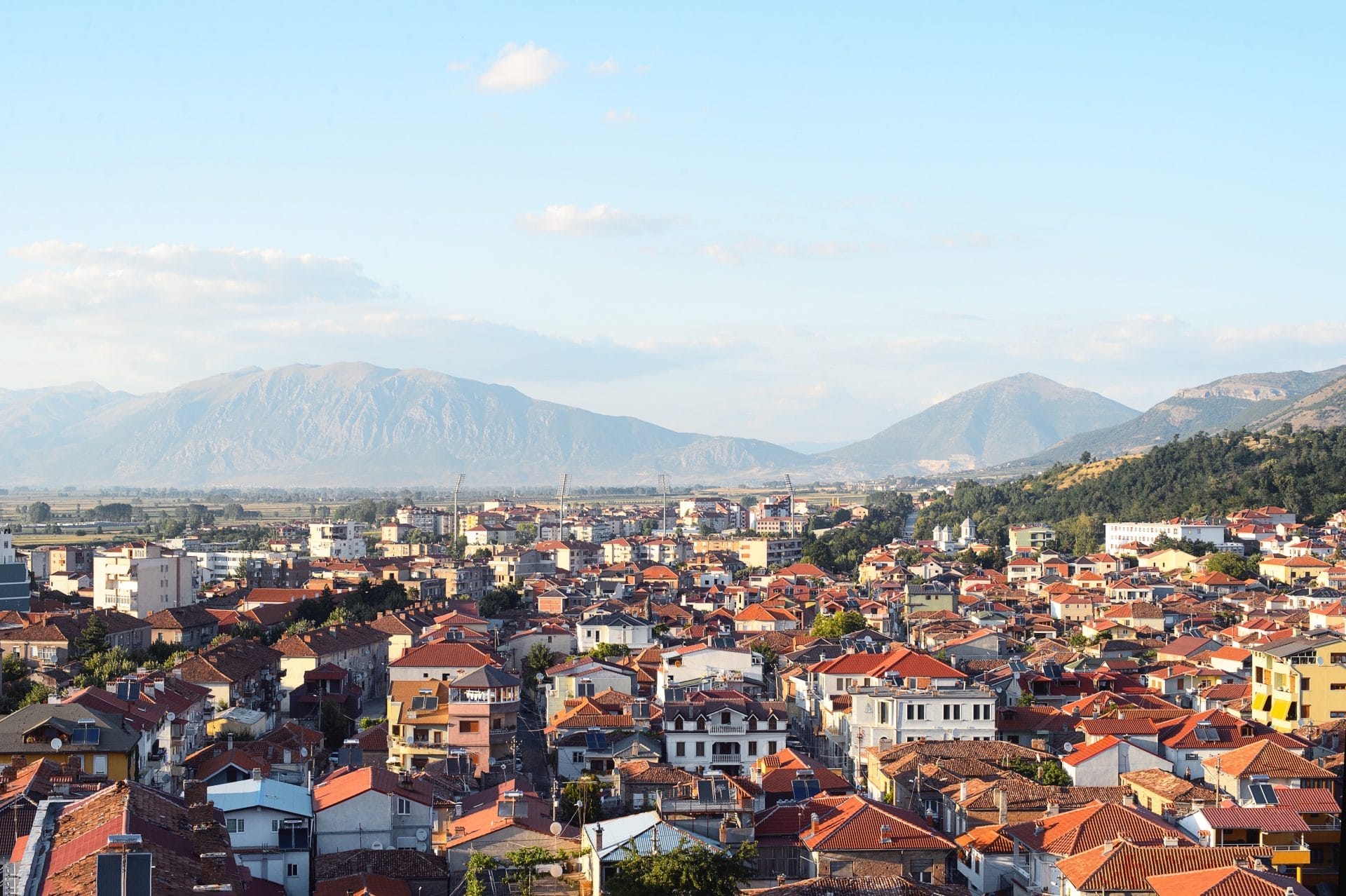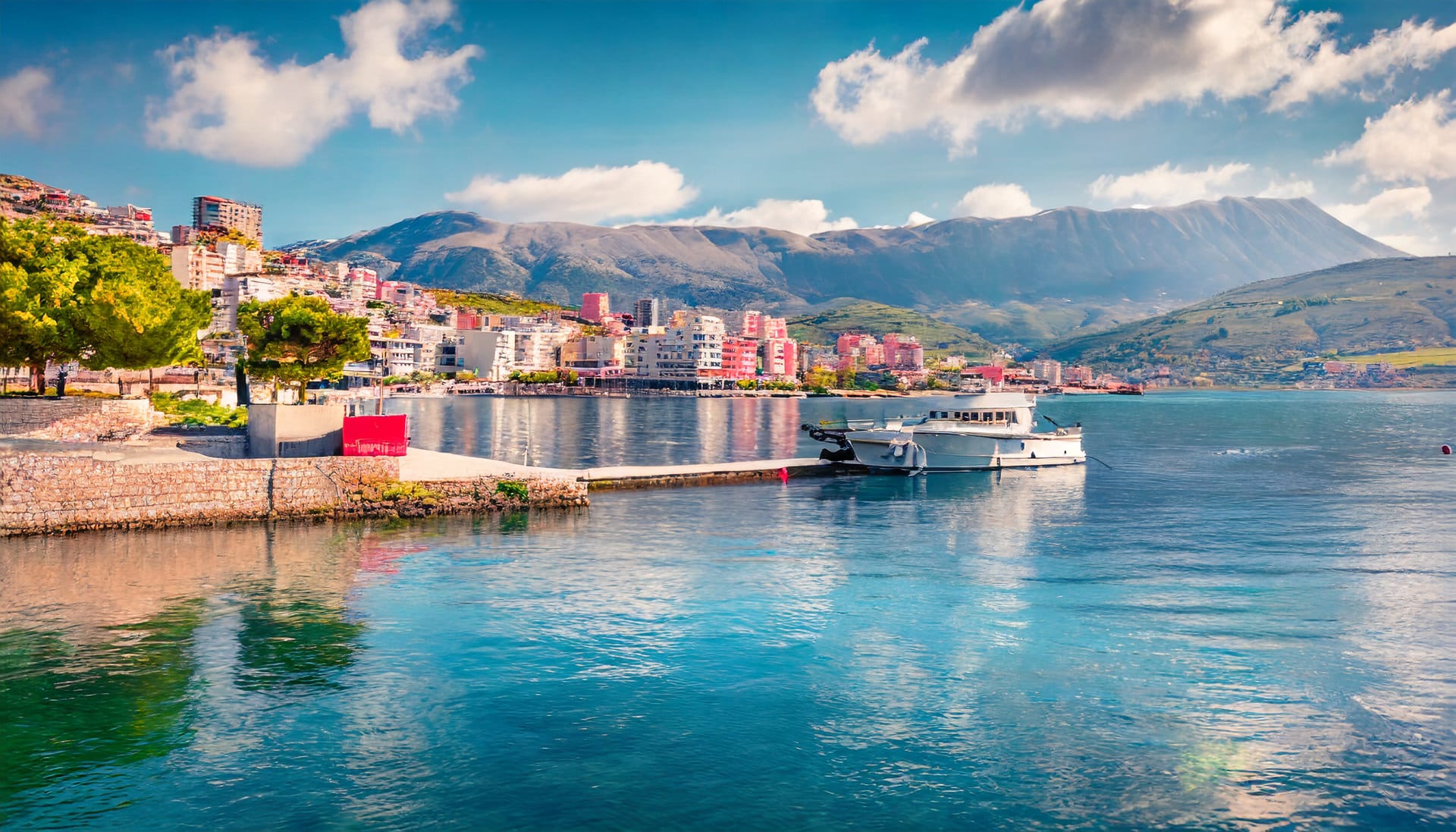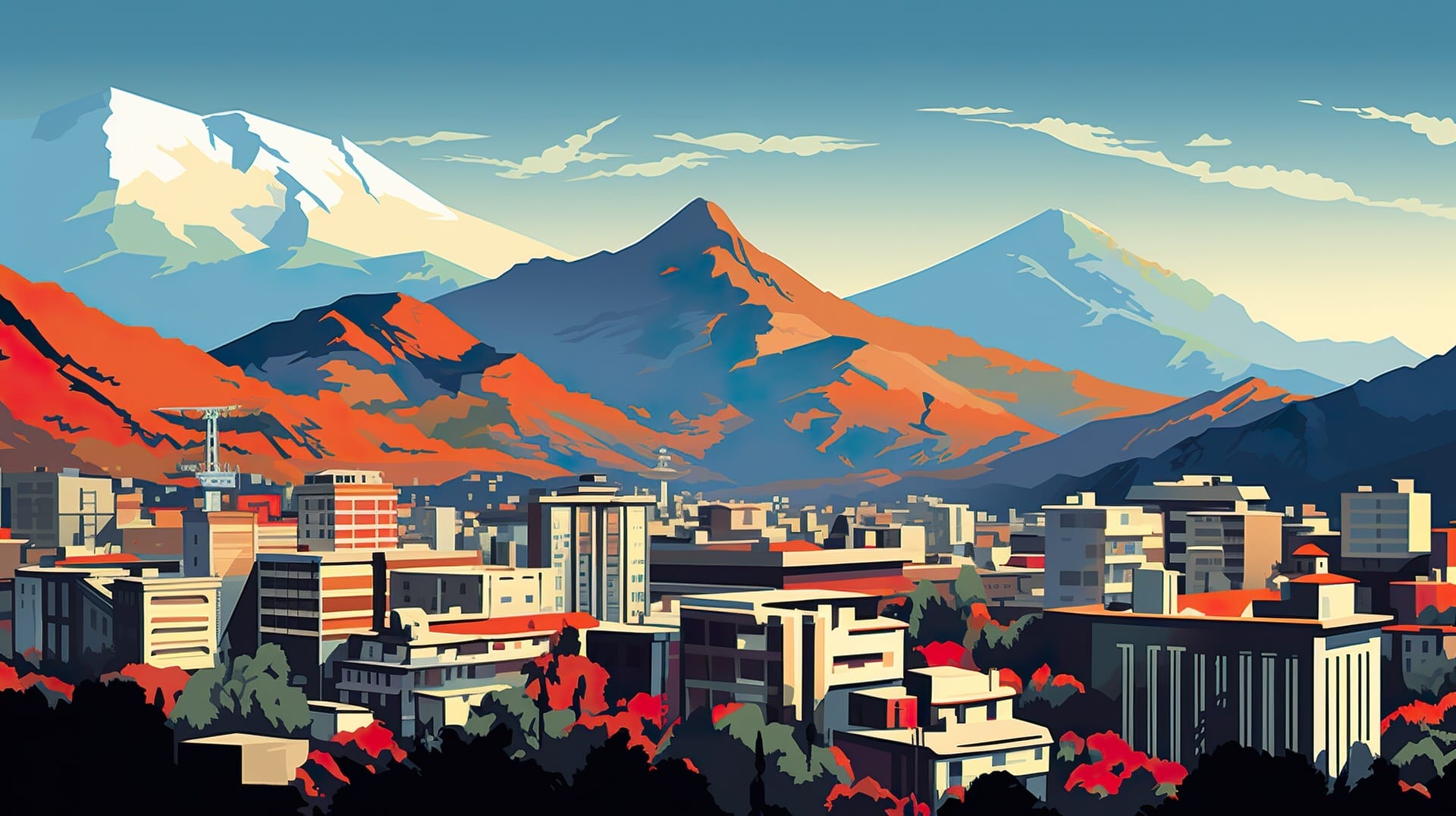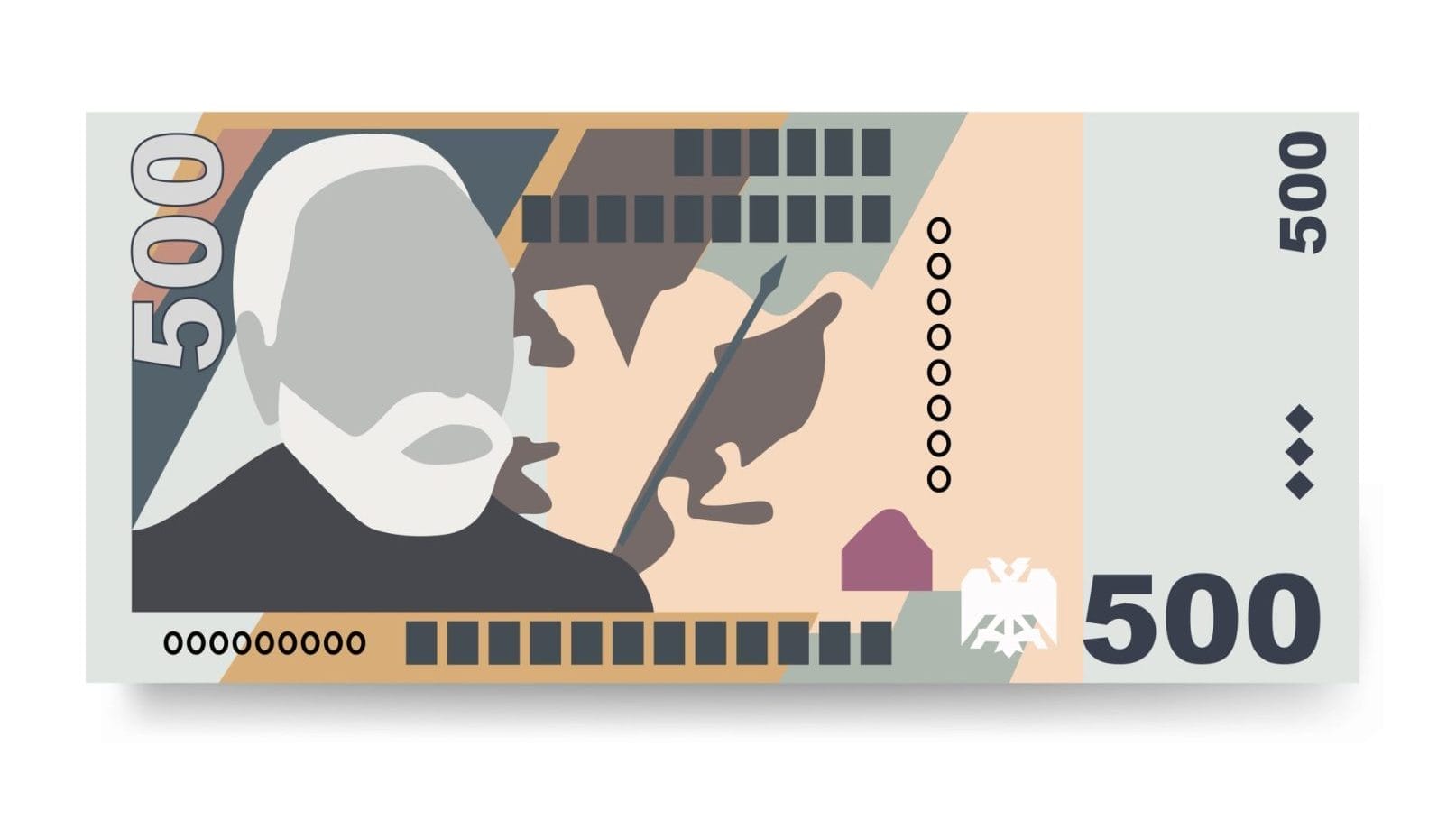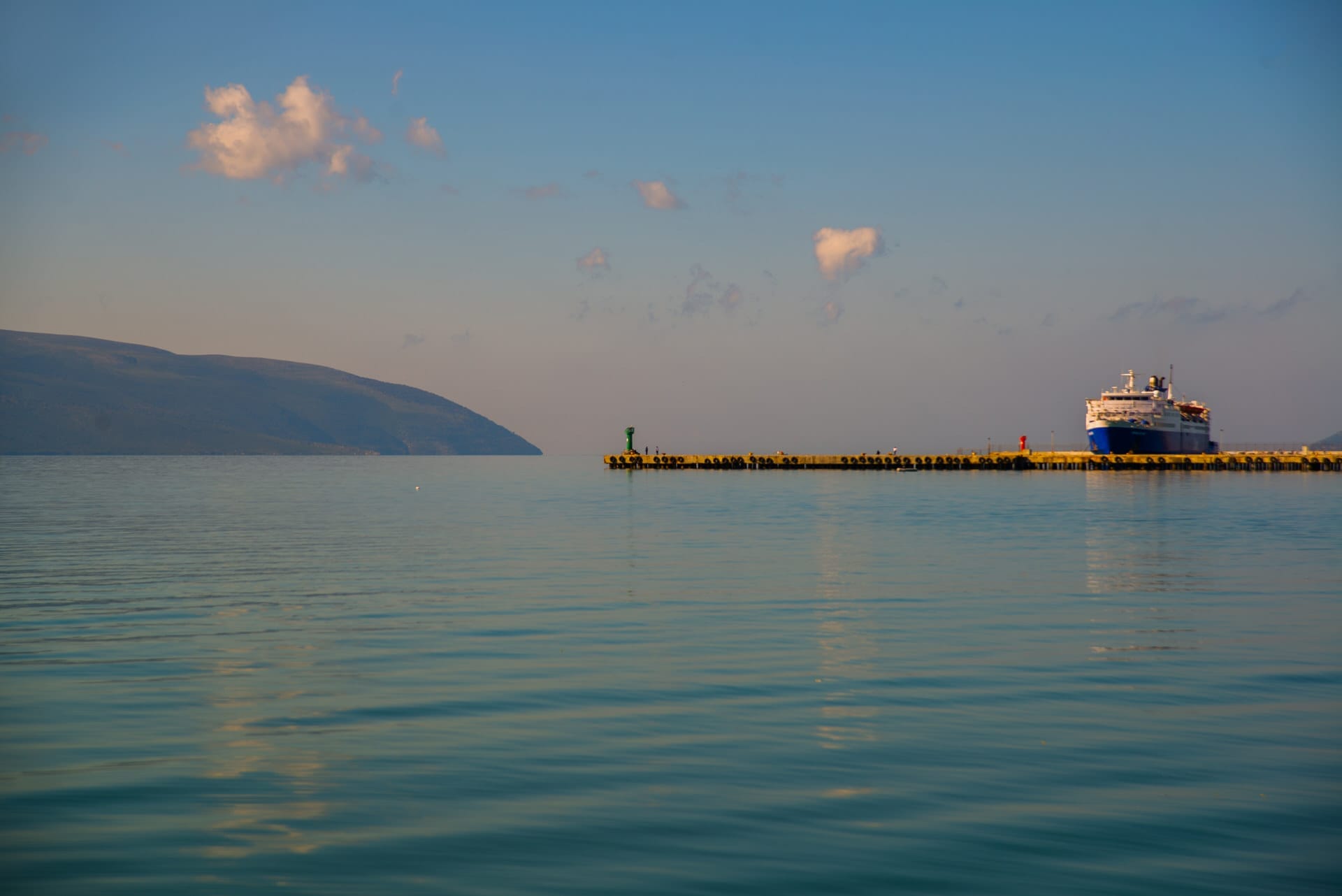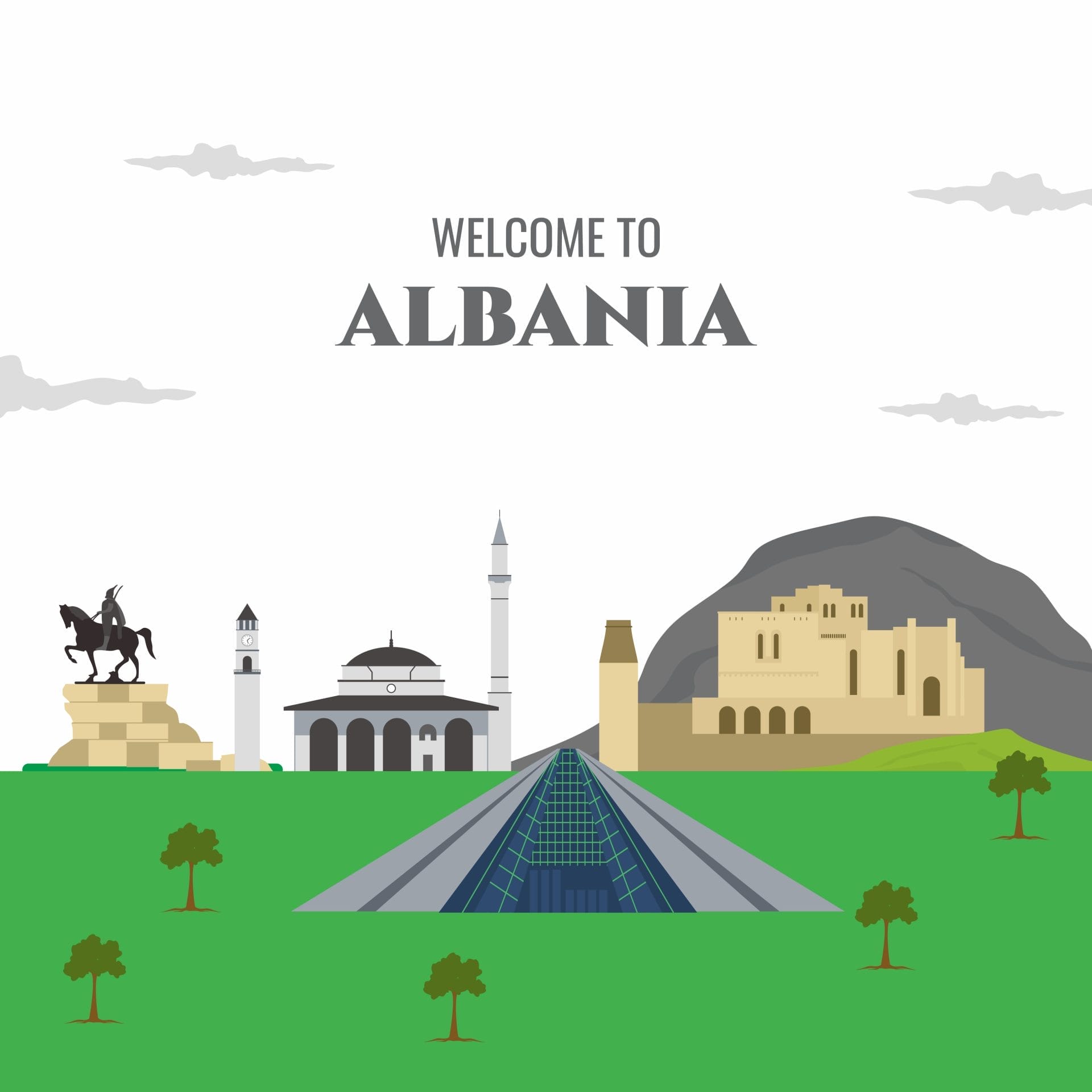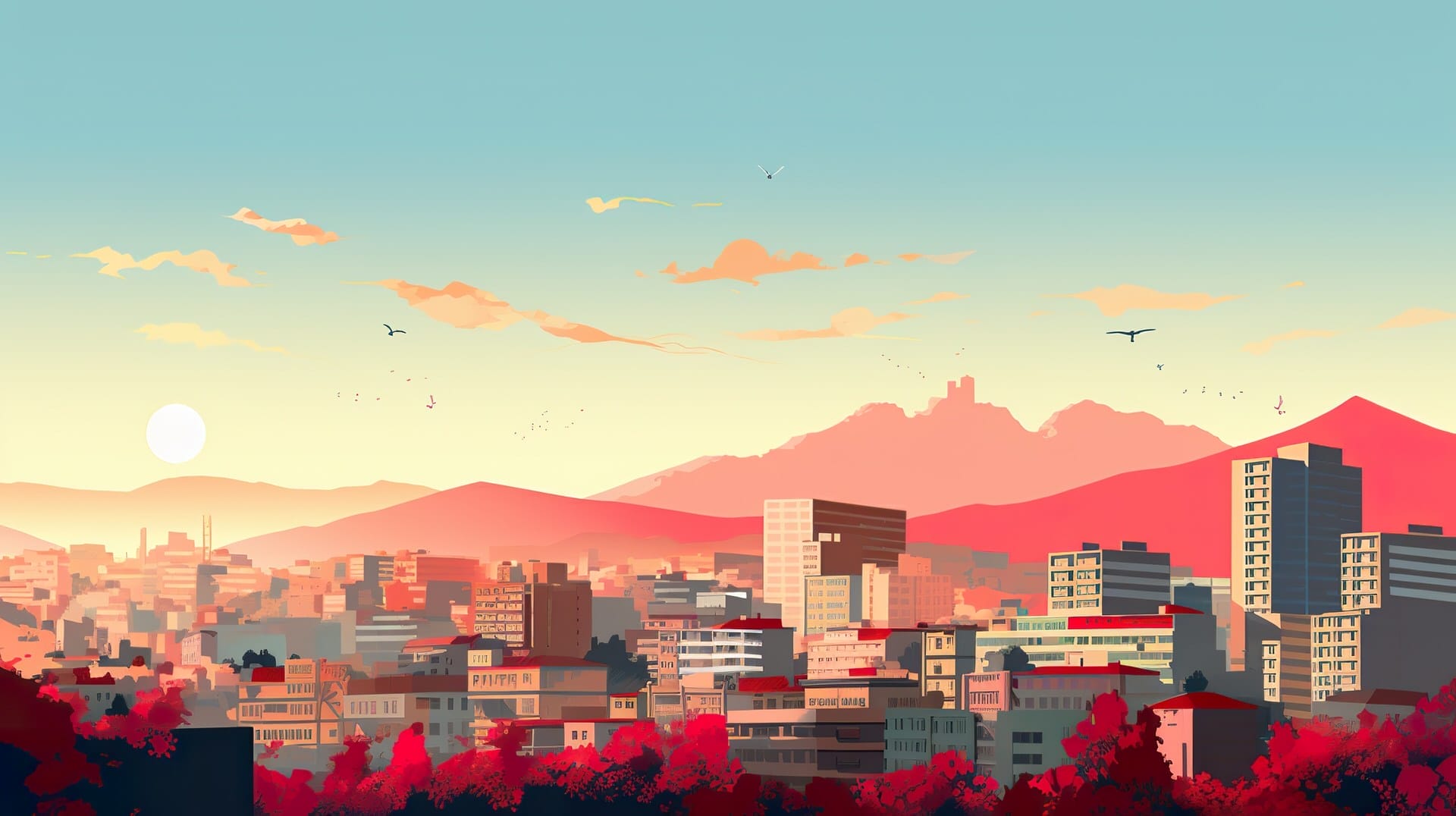
Why Visit Pukë
Pukë provides an appealing mix of outdoor adventures, rich cultural traditions, and unspoiled scenery. Its high mountain climate means sunny summer days and cool evening breezes—ideal for hiking and town explorations. Come winter, Pukë morphs into a snow-globe wonderland alive with skiing, snowshoeing, and après-ski gatherings.
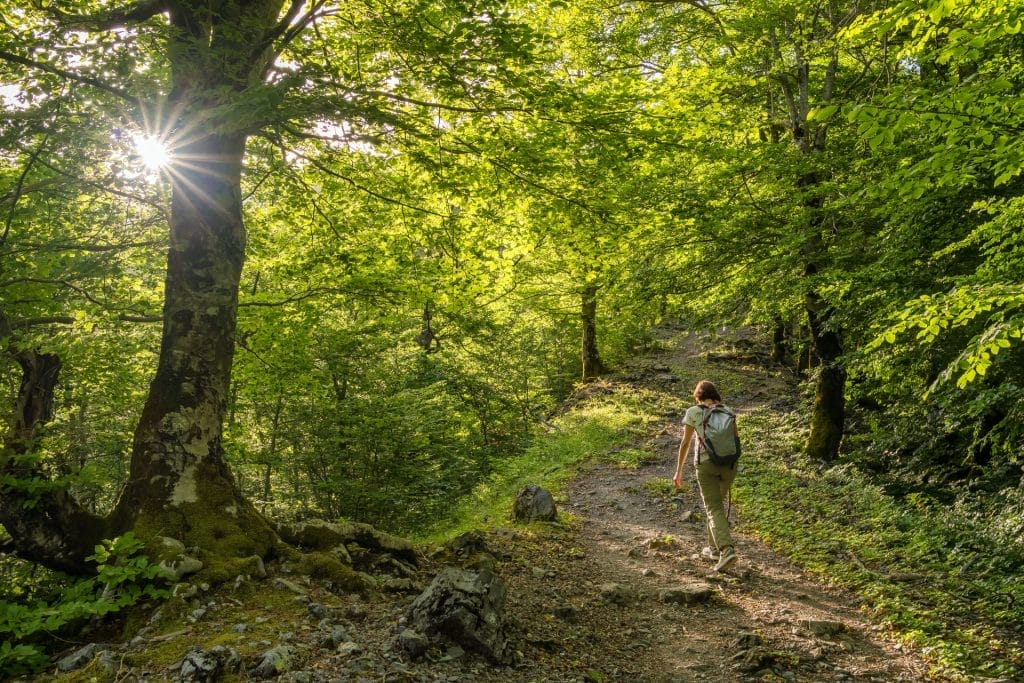
Beyond the many regional activities, Pukë offers a window into Albania’s singular mountain society. Long-held customs continue through artisan crafts, harmonious ancestral songs, and lively regional celebrations. With its compact size and friendly community, Pukë conveys authentic charm and lasting recollections.
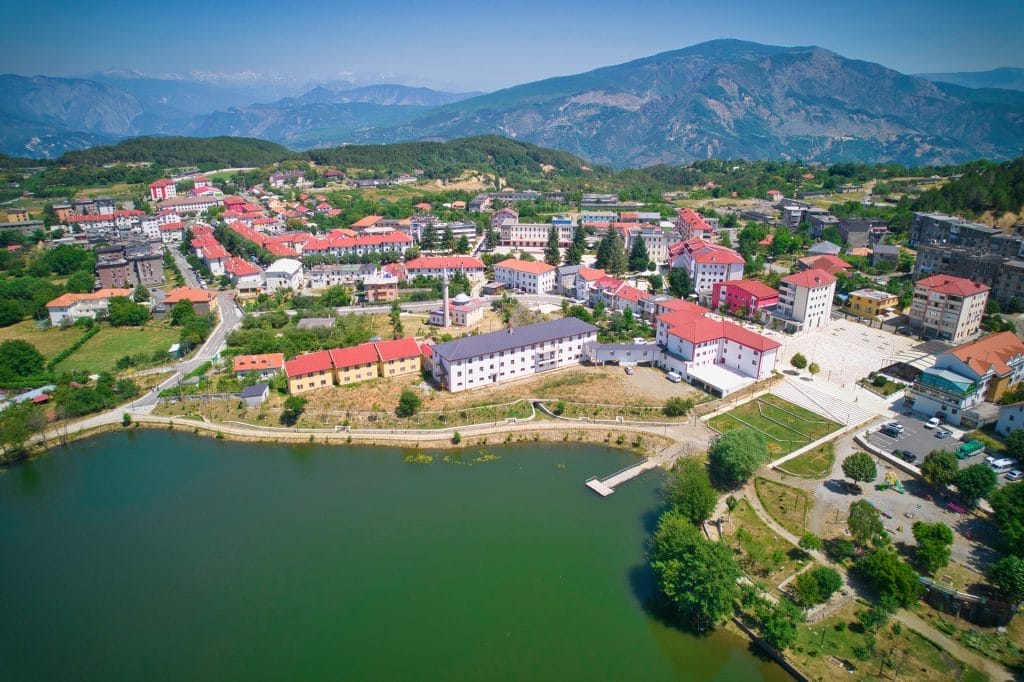
Thrilling Outdoor Pursuits
Pukë is a playground for active spirits eager for adrenaline-pumping challenges amid arresting mountain backdrops. Local guides lead hiking, climbing, and canyoneering tours within the valleys and peaks. Alternatively, paddle, plunge, and picnic close to crystalline creeks and cobalt lakes reachable via marked tracks.

The crown experience is rafting the Class III-IV rapids of the surging Drin River. Half and full-day paddling tours run spring through fall, shooting you into the untamed wilderness at the valley’s heart. Multi-day combined rafting and camping trips are also possible for extended adventures.

Culture and History
Complementing the wealth of recreation, Pukë enables visitors to connect with Albania’s vibrant traditions – especially enduring mountain cultures in this remote locale.
Meander atmospheric alleys to encounter traces of the past – Illyrian settlements, imposing castles – along with spiritual frescoes revitalizing the town’s Orthodox sanctuaries where Islam and Christianity intermix. Pause to absorb the soaring music of local folk bands practicing the area’s iconic harmonious odes.
Visiting during one of Pukë’s lively, time-honored gatherings adds a cultural perspective. The early spring Wheat Harvest honors the winter grain with singing, dancing, and feasting. September sees the Beekeeping Festival, spotlighting the district’s small-batch honey production.
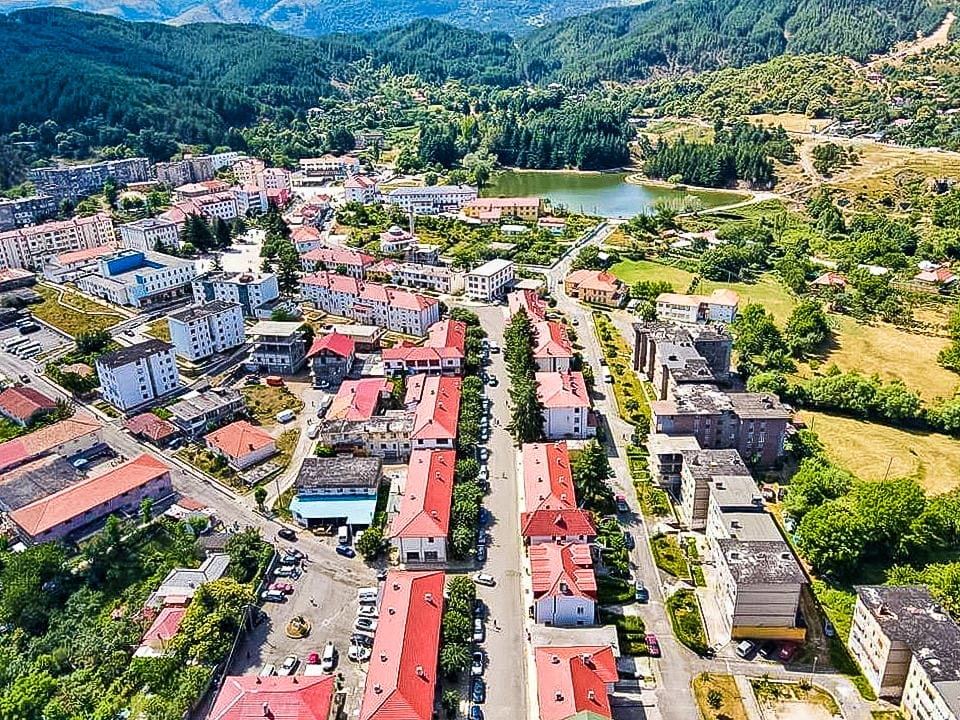
Lodging Options
Lodgings span hotels and guest homes to rental cabins dispersed through the valleys. Outlying villages provide further options.
Sunrise Lindita
The Sunrise Lindita apartments in scenic Pukë start at affordable rates with a top location and gorgeous mountain views. The spacious apartments offer free WiFi, a balcony, garden access, and more. Recent guests rave about the warm Albanian hospitality, with the host going the extra mile.
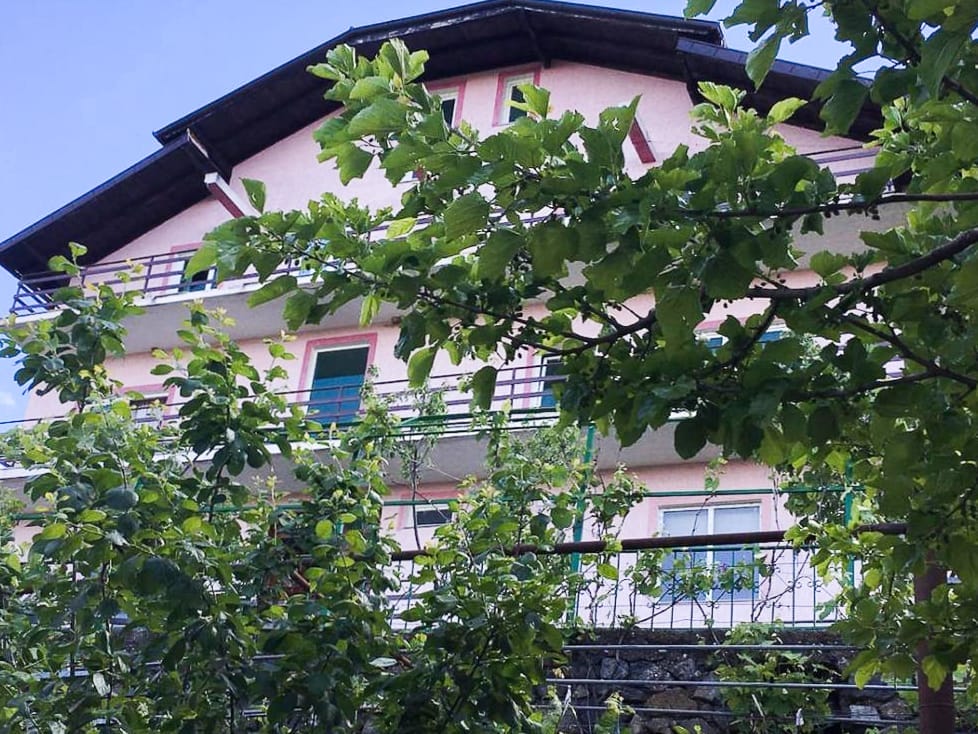
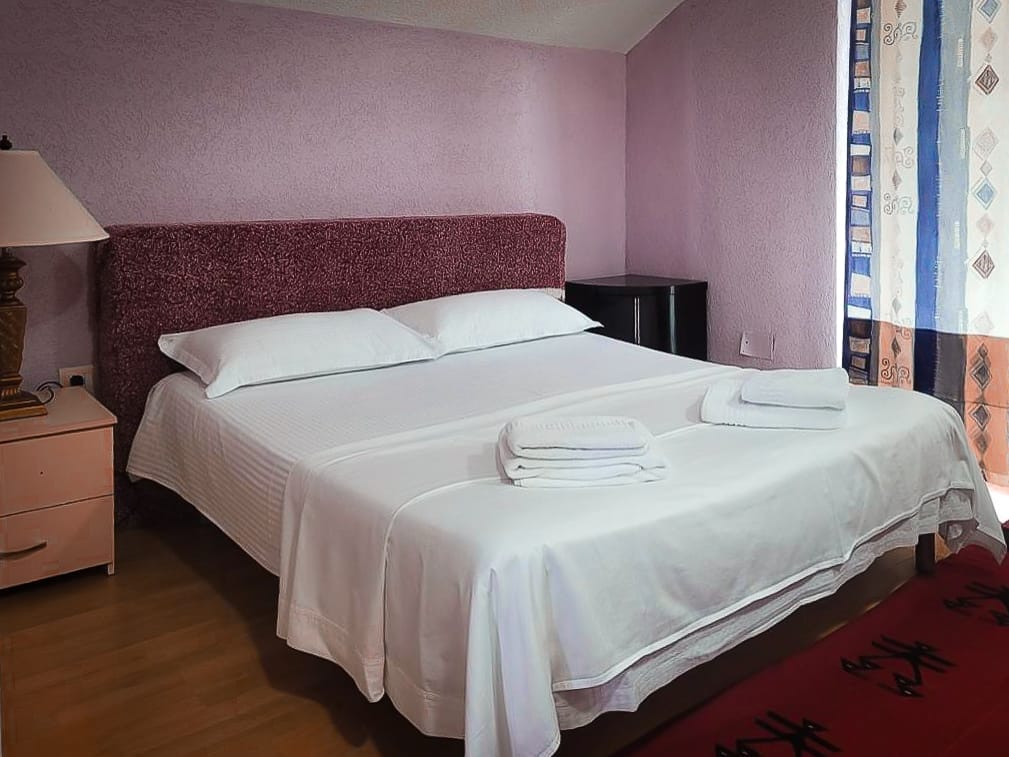
The central position also puts cafes, restaurants, and attractions within walking distance. With glowing guest reviews averaging 9.4/10 and sustainable efforts, the Sunrise Lindita offers quality lodging and authentic local flavor.
N’Konak Guesthouse
The N’konak Guesthouse, a charming family-run guesthouse in Pukë, offers exceptional hospitality that guests rave about. Averaging an impressive 9.8/10, the spotless rooms feature mountain views, free WiFi, and other amenities.

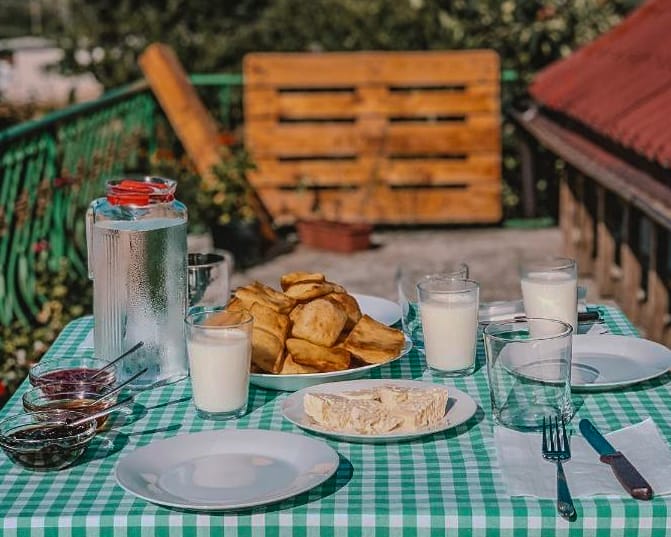
The central location provides easy access to the lively city center, while the peaceful garden setting is perfect for relaxing. Guests highly praise the delicious breakfast, facilities, and warm welcome. The family-owned guesthouse was a fantastic base for exploring this unique region during my Pukë visit.
Iballe Guesthouse
Tucked away in Albania’s mountains, Iballe Guesthouse charms with exceptional hospitality. Boasting a 9.0/10 guest rating, the tranquil setting features a scenic outlook, tasty dining, and adventure access.
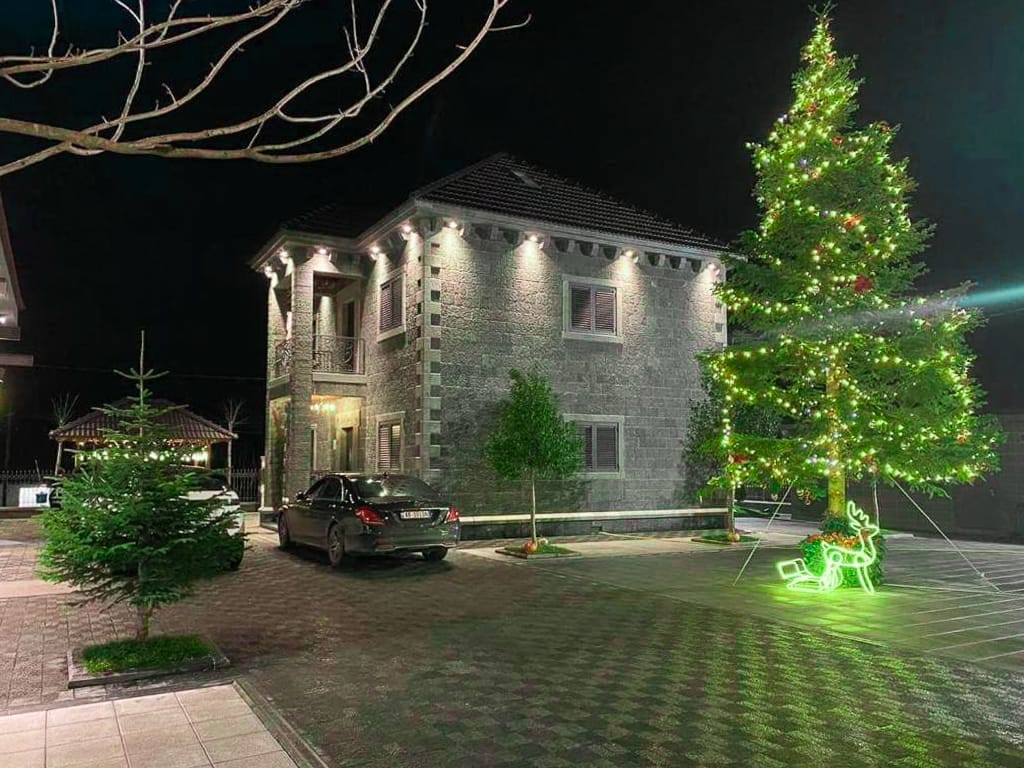
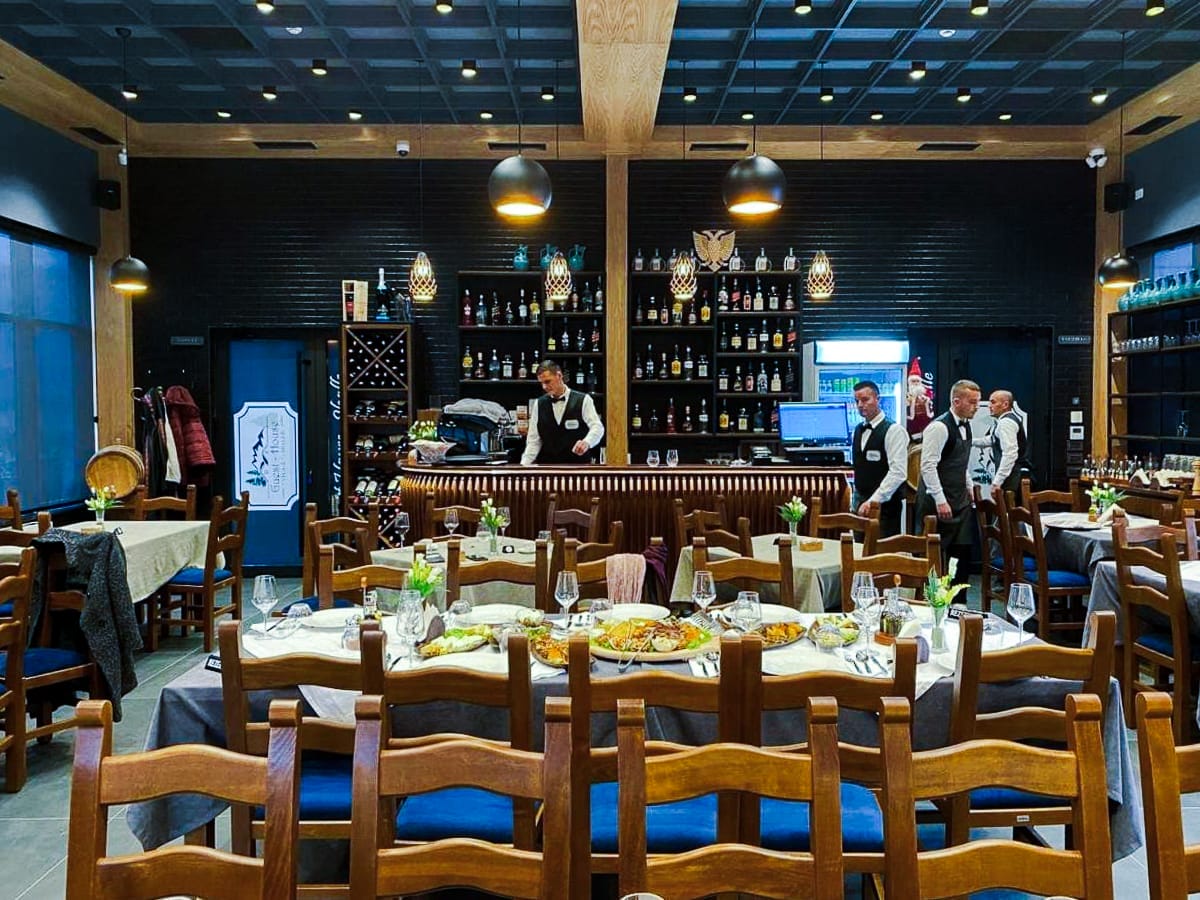
The welcoming staff left a remarkable impression during my recent stay. Their care and regional knowledge enriched the authentic vibe.
Fishta Guesthouse
This charming mountain vacation home in Fishtë, just 1 hour from Pukë, Albania, evokes the highest caliber hospitality and earns exceptional guest ratings.
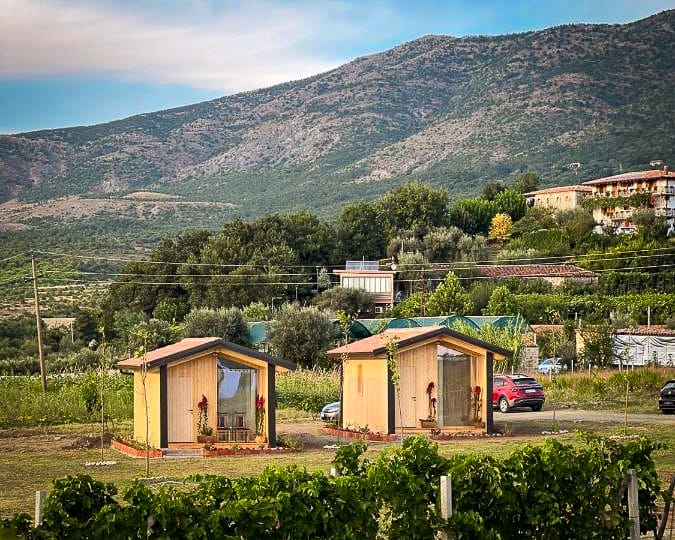
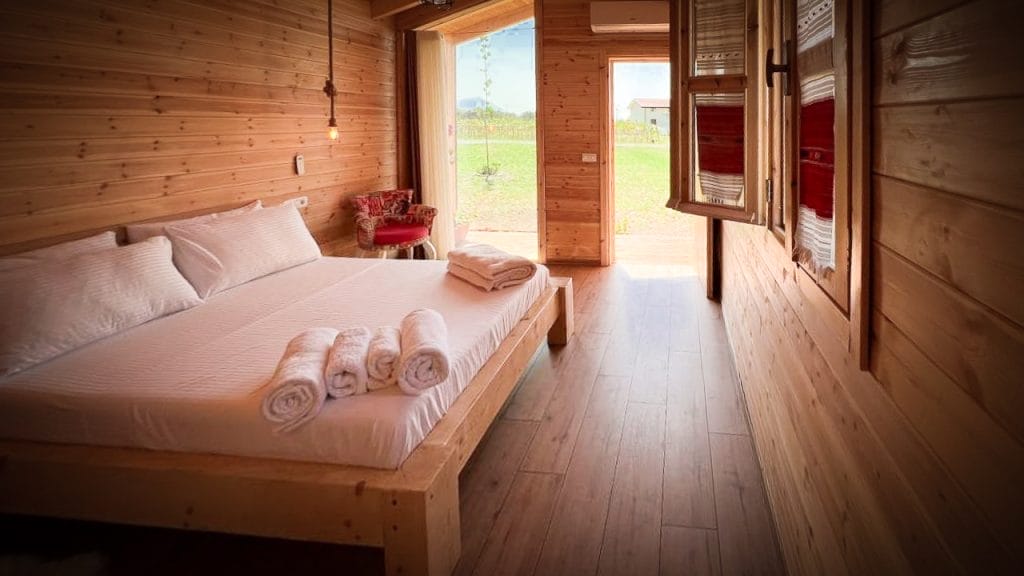
Boasting a 9.8/10 guest rating, the peaceful setting features scenic vistas, lush gardens, and access to farm-to-table dining that will make you feel at home. The welcoming staff helps create a wonderful atmosphere where relaxation comes naturally.
Hotel Demokracia
Just 30 minutes outside Pukë, Hotel Demokracia charms guests with exceptional hospitality and service. Boasting a 9.0/10 guest rating, the boutique hotel features free WiFi, room service, airport transfers, and delicious breakfasts.

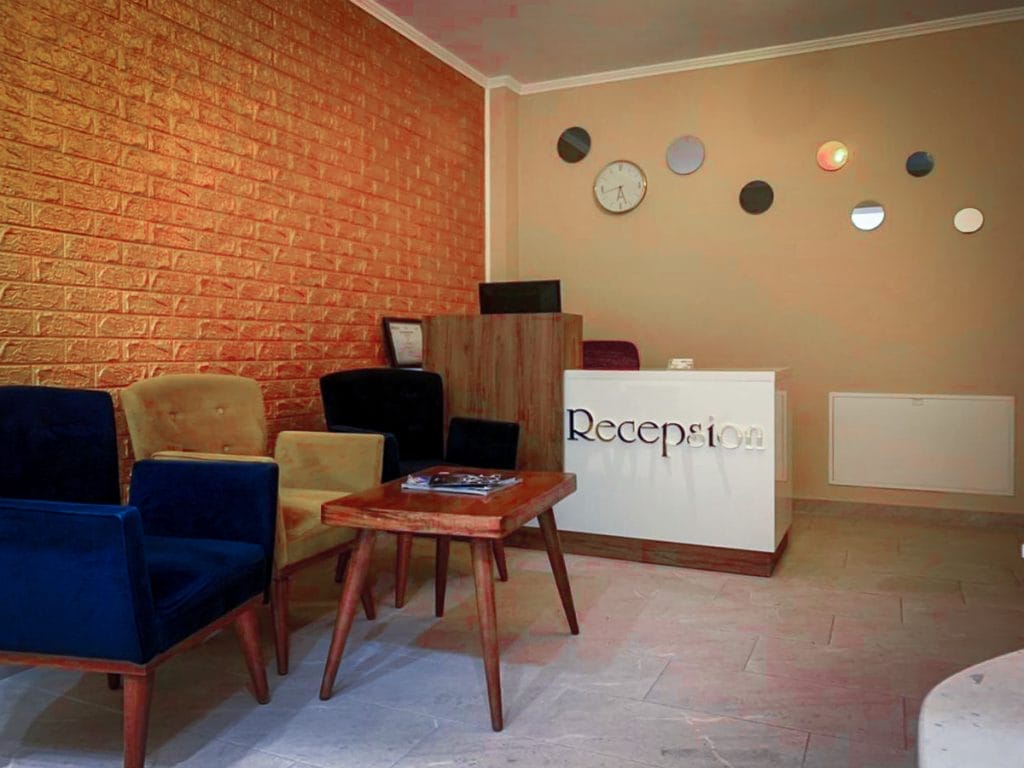
Recent visitors rave about the friendly staff, spotless rooms, comfy beds, and central location. With affordable rates and glowing praise, this family-run gem makes an ideal base to explore Albania’s northern mountains and Pukë’s cultural sights.
Mrizi i Zanave Agroturizëm
Nestled in Lezhë’s peaceful countryside just 1 hour from Pukë, the eco-friendly Mrizi i Zanave Agroturizëm charms guests with exceptional hospitality, cuisine, and service. Recent visitors rave about the authentic vibe, comfortable rooms, and exceptional dining.
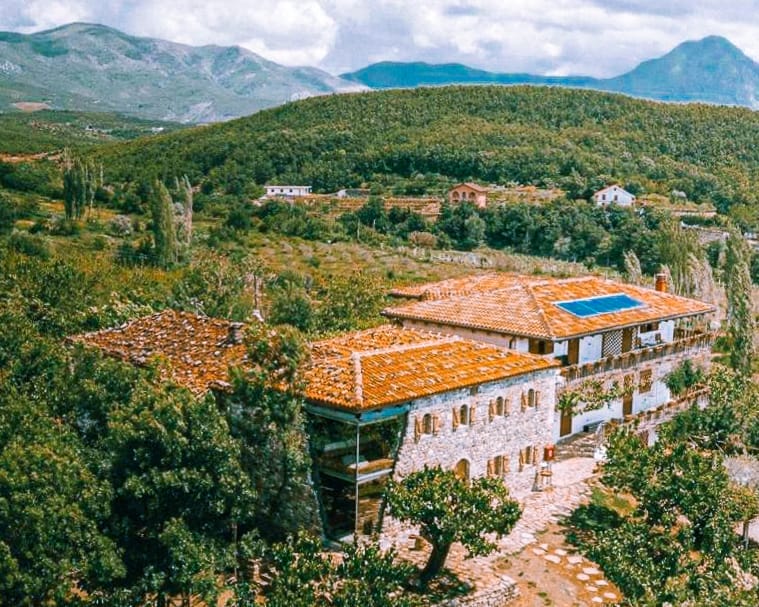
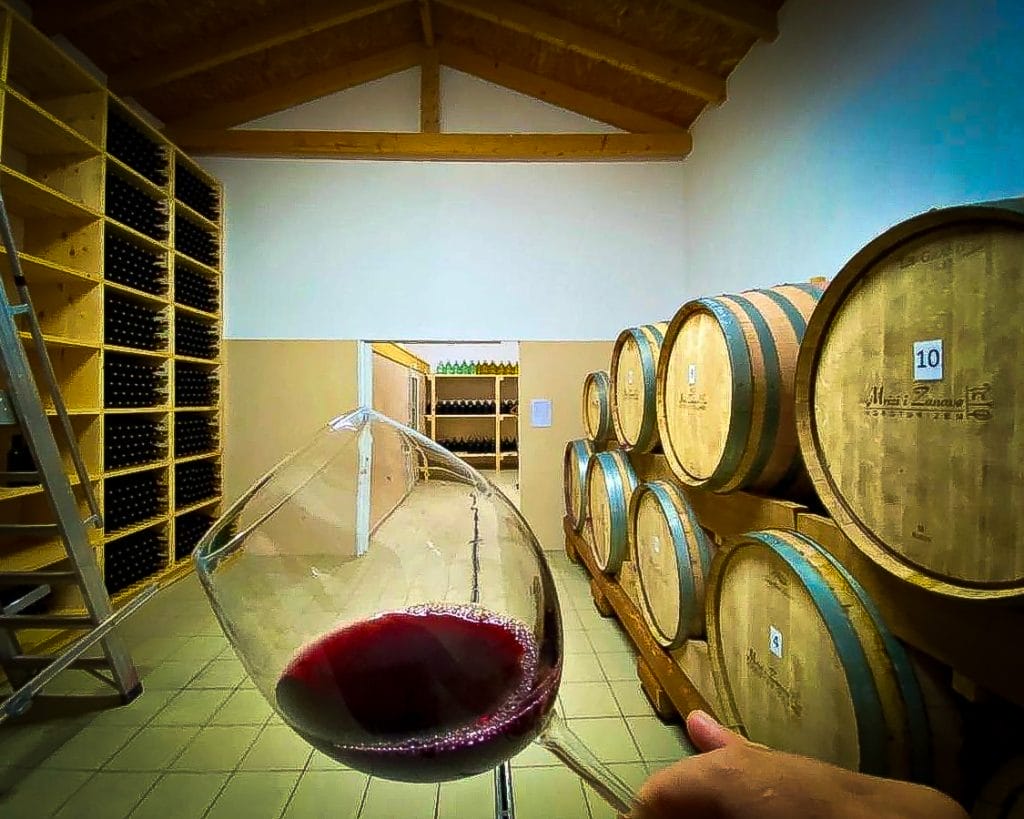
The family-run farm stay boasts an impressive 9.5/10 guest rating. It features scenic mountain views, free breakfasts sourced from the property’s produce, and activities like cheesemaking workshops and wine tastings.
Reserve Mrizi i Zanave Agroturizë
Travel Essentials
Though tucked away in a remote corner of northern Albania, Pukë is surprisingly straightforward to reach and navigate. Optimal visiting times are late spring through summer, when abundant sunshine fuels activities and animates cultural festivals.
The area’s main currency is the Albanian lek (ALL), but euros and dollars are widely accepted, and ATMs are available in Pukë town. English is spoken alongside the native Albanian. Use Google Translate when needed. To fully embrace mountain adventures, bring good hiking shoes, swimwear, versatile layers, and rain protection. With the proper timing and gear, Pukë guarantees an accessible, authentic alpine escape.
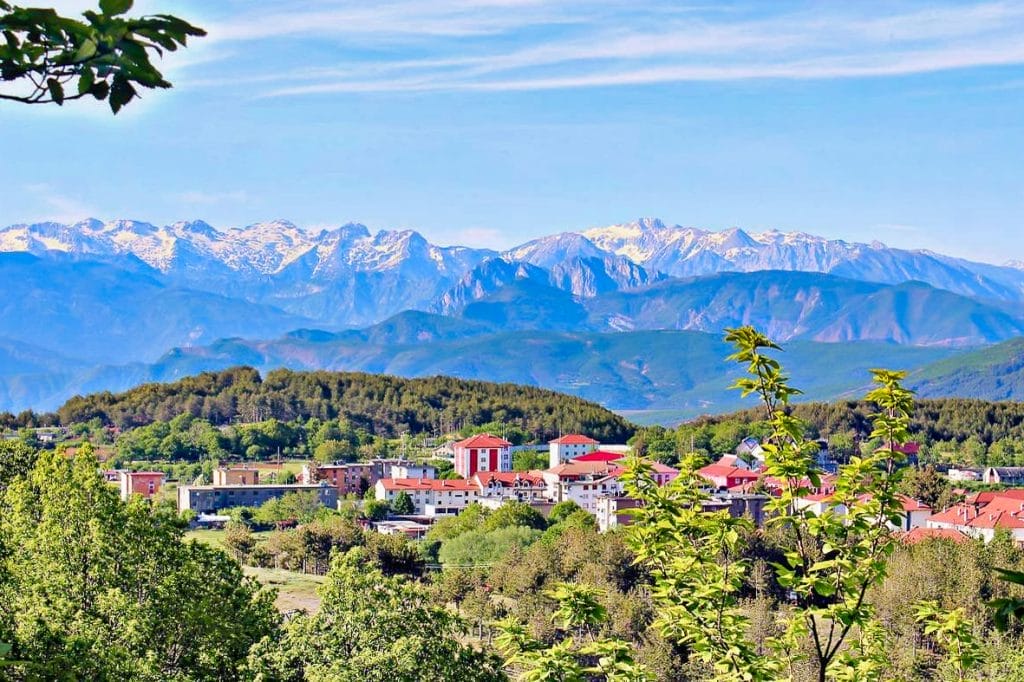
Planning Your Pukë Visit
With so much packed into its petite mountain location, Pukë is ideal for lively long weekend getaways. Follow this four-day outlined itinerary to maximize your adventure:
Day 1: Wander Old Pukë’s cobblestone alleys and soak up the atmospheric mountain town charm. Overnight at one of the central guesthouses.
Day 2: Lace up hiking boots for a full day, tackling the scenic trails and waterfalls of Grunas Canyon. Return to Pukë’s lively restaurant scene for a well-earned dinner.
Day 3: Jump into your swimsuit for a day tackling the Drin River’s exhilarating whitewater rapids via rafting tour.
Day 4: Wrap up your stay with a scenic ferry trip across stunning Koman Lake, stopping for tours and tastings at local cheese producers.
With this fast-paced four-day blueprint, prepare to pack your Pukë escape with alpine culture, adventure, delicious regional fare, and enduring mountain memories.
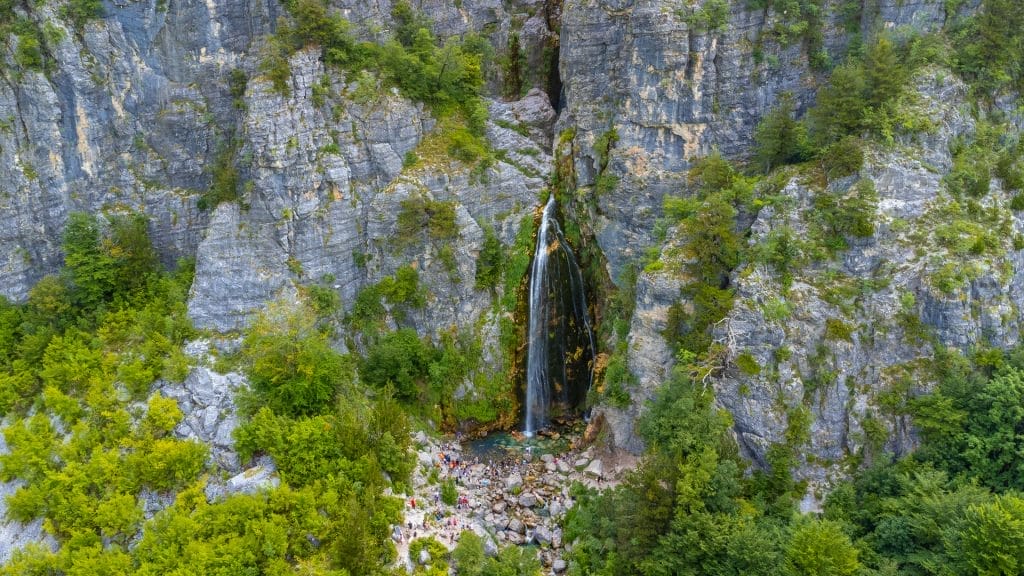
Nearby Destinations & Excursions
Pukë provides the perfect home base to access northern Albania’s surrounding outdoor icons.
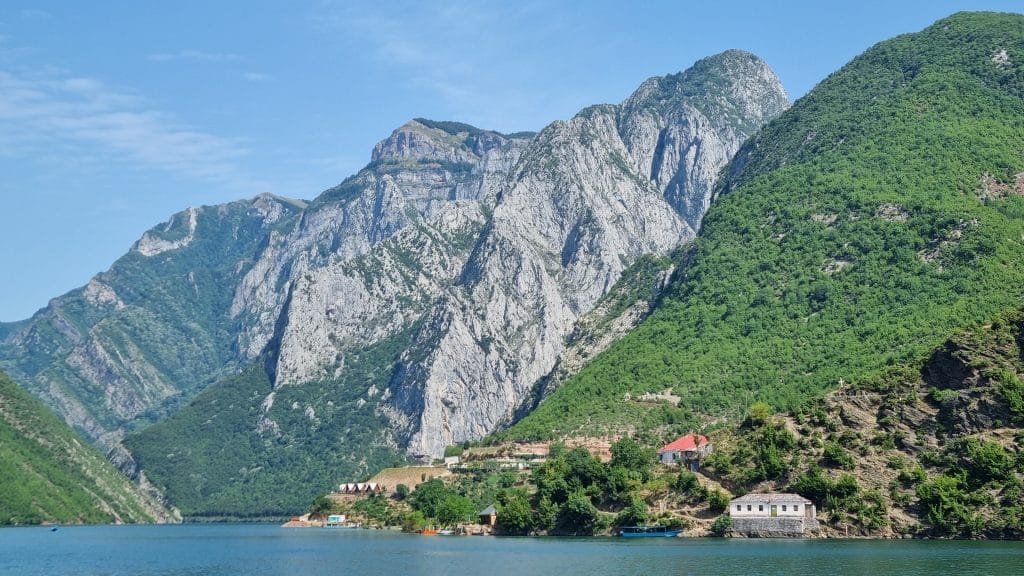
A scenic two-hour drive reaches Theth National Park and its rugged peaks framing quaint mountain villages and the hiking trails of lush Valbona Valley. From Pukë, the parks’ extensive path network and quality guides offer memorable day hikes or multi-day expeditions.
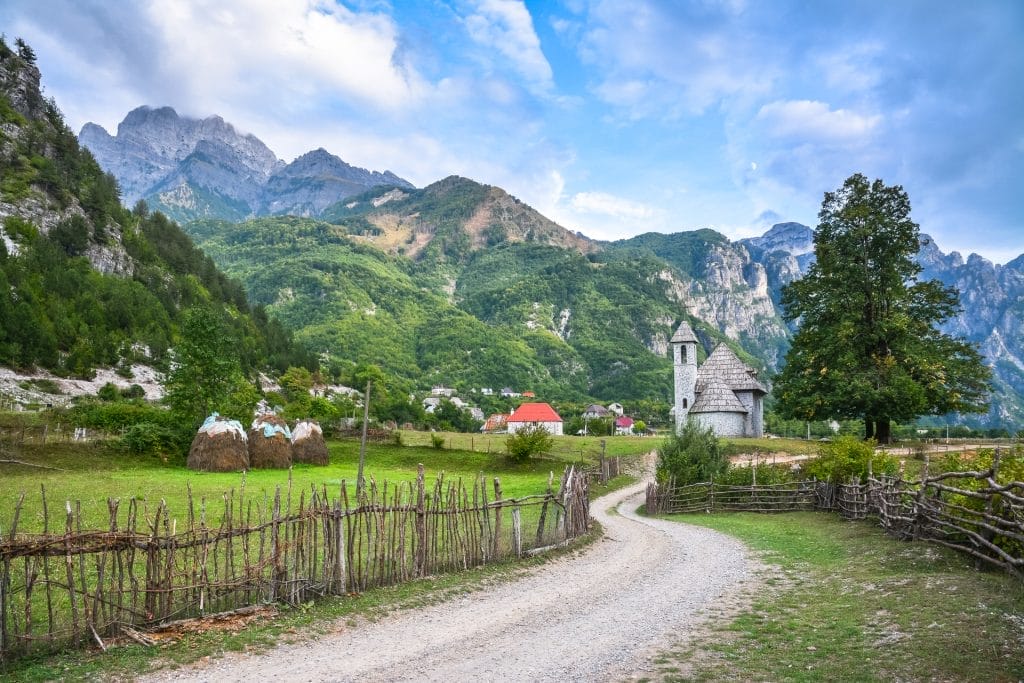
For serious trekkers, Pukë also enables access more profound into the Accursed Mountains – a UNESCO-listed range with demanding multi-day routes traversing glacial lakes and valleys that shelter elusive Balkan wildlife. Local outfitters run guided treks tailored to ability levels.
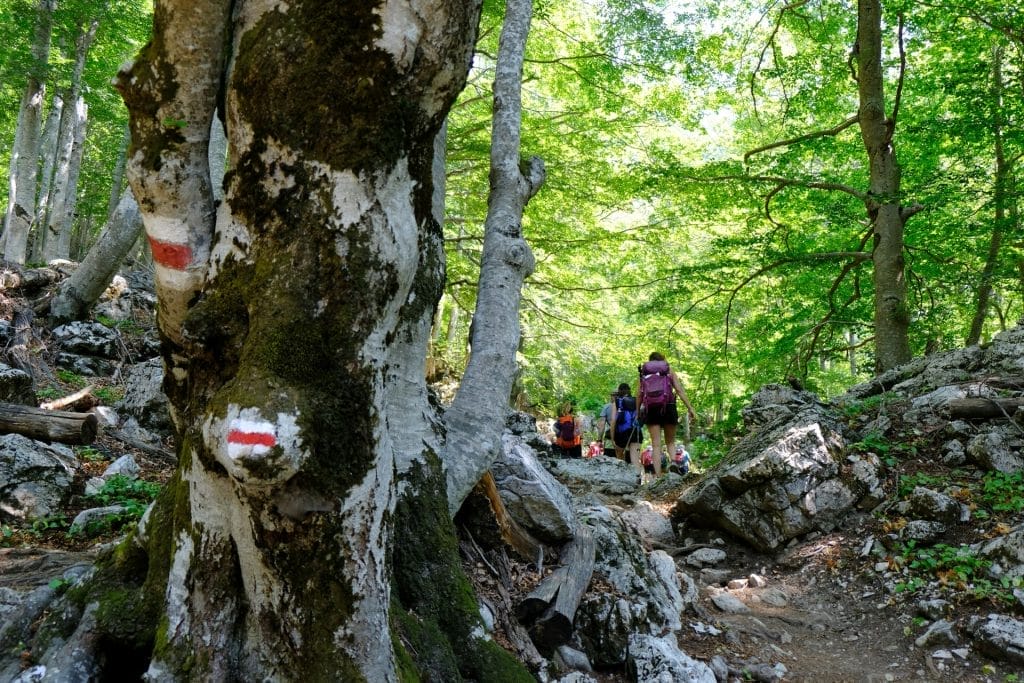
The Quintessential Escape
With its untouched scenery, vibrant customs, and breadth of adventures, Pukë encapsulates the magnetism of the Accursed Mountains in an easily accessible alpine hub. Whether visiting briefly or for an extended stay, Pukë makes an optimal springboard to experience Albania’s majestic north.





